The Top Five Features of the Sommelier Protocol
In the Sommelier community, we celebrate this past week’s tagged release of version 1.0.0 of the Sommelier blockchain protocol software. With this release, we want to share with the Sommelier community the five core features of the Sommelier protocol and highlight how valuable these features are to the coming launch of Sommelier Cellars. Take a look at our leading highlighted features below and then come join our community and share your thoughts about DeFi learn how you can take advantage of Sommelier protocol and Sommelier Cellars to enable the Ethereum VM Coprocessor that will make DeFi even more automated and powerful.
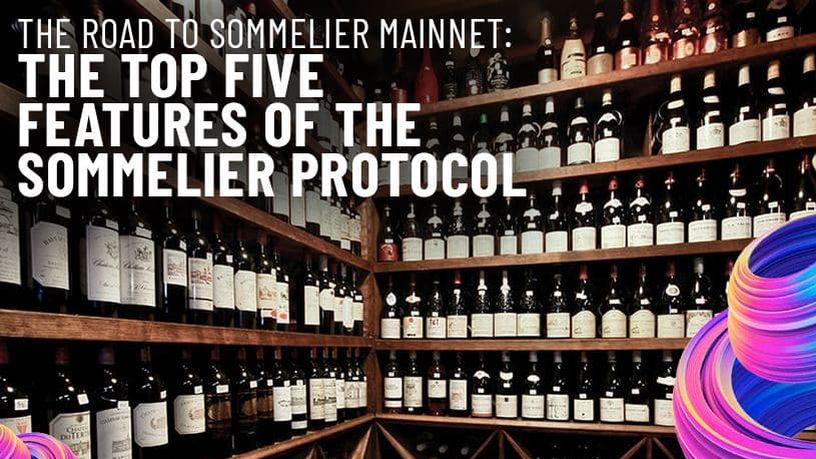
The Cosmos SDK & Tendermint consensus
The Cosmos SDK is a protocol designed and deployed as a Golang based, modular framework. It works to simplify the process of building secure blockchain applications. The Cosmos SDK is one of the few blockchain protocols built for application-chain specific blockchains, like Sommelier. Anyone can create a module for the Sommelier Protocol's Cosmos SDK. The Tendermint BFT consensus layer is another critical feature of Sommelier's blockchain protocol. The Tendermint BFT packages the networking and consensus layers of Sommelier's blockchain into a generic engine. This means that Sommelier blockchain protocol developers focus on application development as opposed to the complex underlying protocol features. Thus, Sommelier's speed to market is a benefit of building on the Cosmos SDK. Sommelier launches its mainnet with the v0.43.0 of the Cosmos SDK. You can read up on all the features on the v0.43.0 Cosmos SDK release in github.
The Gravity Bridge
Gravity, formerly known as Peggy, is an Ethereum-Cosmos bridge designed for the Cosmos Hub. Sommelier has extended an implementation of the Gravity bridge. Sommelier's Gravity is optimized to be as efficient as possible. For example, Sommelier's native token, the SOMM, will live on the Sommelier Cosmos protocol, but also be instantiated and managed as an ERC20 token in Ethereum by the Sommelier validators. The components of the Sommelier Gravity bridge implementation include the following:
- Solidity Contract: This is the Ethereum contract that controls the Gravity bridge
- Cosmos Module: This is the Cosmos module code validator syncing, transaction batching and bi-directional token issuance
- Orchestrator / Relayer: This relayer of the transaction batches that are created in the Cosmos Module.
Sommelier will continue to extend features of Gravity as it launches Cellars that are DeFi vaults managed by the Sommelier validator set. The current version of Sommlier Gravity is 0.1.23 and available on github at https://github.com/PeggyJV/gravity-bridge/releases/tag/v0.1.23.
Internet of Blockchains / IBC
According https://ibcprotocol.org/, IBC is the
"inter-blockchain communication protocol (IBC). It is an end-to-end, connection-oriented, stateful protocol. It was built to deliver reliable, ordered, and authenticated communications between heterogeneous blockchains, but has launched with a focus to deliver this in the Cosmos ecosystem of blockchains. The IBC protocol specifies a set of data structures, abstractions, and semantics that can be implemented by any distributed ledger provided they satisfy a small set of requirements."
In short, the IBC protocol enables token transfers between any other chains running the IBC module with the goal for a narrow set of requirements for successful operations. For Sommelier, this means that the Sommelier protocol will be able to communicate with other Cosmos SDK blockchains including the Cosmos Hub, the Osmosis Zone, Terra Networks, and many other IBC enabled chains that will launch. With IBC functional, Sommelier's network can take advantage of exchange and trading activities on other chains where liquidity may be winning yield. IBC allows Sommelier to deliver on its promise to enable liquidity access, wherever it may wish to go.
The Data Model and Liquidity Oracle Data Feeds
Sommelier’s Protocol Validators, the network of computers that validate all the transactions on the Sommelier blockchain also fulfill another function. These computers also vote on the data feeds that provide rebalance and reinvest data that validators will use to determine how they will execute the Ethereum smart contracts called Cellars. Anyone may provide a data feed to any Sommelier Cellar. Sommelier currently provides a liquidity oracle to Sommelier validators. This liquidity oracle delivers the rebalance and reinvest calls for any AMM on the Ethereum blockchain. Sommelier will publish a list of feeds for a number of Uniswap V3 pools based on machine learning analysis of performance of the top pools, but anyone may publish a data feed for any Sommelier cellar. Below, you can see the data analysis performance of a possible Sommelier cellar, the UNISWAPV3-TWO-DAY-USDC-ETH-03 cellar.
The Sommelier Allocation Module
The Allocation module enables the validator set to collaboratively and dynamically evolve data models and cellar strategies without sacrificing fault tolerance. Our MVP allocation module will look for 2/3rd of the validator set to vote together on each rebalance operation for the first vintage of cellars.
For example, let’s take the UNISWAPV3-TWO-DAY-USDC-ETH-03 cellar. This Cellar exists on the Uniswap v3 USDC/ETH 0.3% fee tier pool. This cellar rebalances itself every two days with one new tick range. The cellar predicts the rebalance range order based on machine learning analysis of the USDC-ETH-0.3% pool’s last 96 days, and growing, number of swaps. The result is an output of a constantly updating Bollinger Band range around the spot price.
Every day, for example, at midnight UTC, the data science provider publishes one new tick range to which the cellar will rebalance and manage reinvestment of all fees and appropriate reserves of capital. The Validators pick up the data feeds from their API endpoint with the data results in the validators orchestrator. Then there is a 5 block window where all the validators send their AllocationVote messages for the cellar_id of the UNISWAPV3-TWO-DAY-USDC-ETH-03 pair.
Once two 2/3rd+1 votes have been received. An outgoing rebalance transaction is generated and submitted to the Validator set for signing and broadcasting on Ethereum.
Join the Sommelier community
These features are the beginning of the Sommelier journey that takes off from the Sommelier Pairings application launched earlier this year. In collaboration with early validators, DeFi protocol cellar developers and data scientists, the Sommelier protocol will evolve into an indispensable utility for interfacing with DeFi. If you have any thoughts or questions, please join us on either our telegram community at: https://t.me/getsomm or our Discord channel at https://discord.gg/czysYtWyzY. We will respond quickly and engage. Cheers!
More articles

Is Speculation Killing Crypto’s Future?

Sommelier's Path Forward: Embracing Revenue Over Narrative

Sommelier January Update
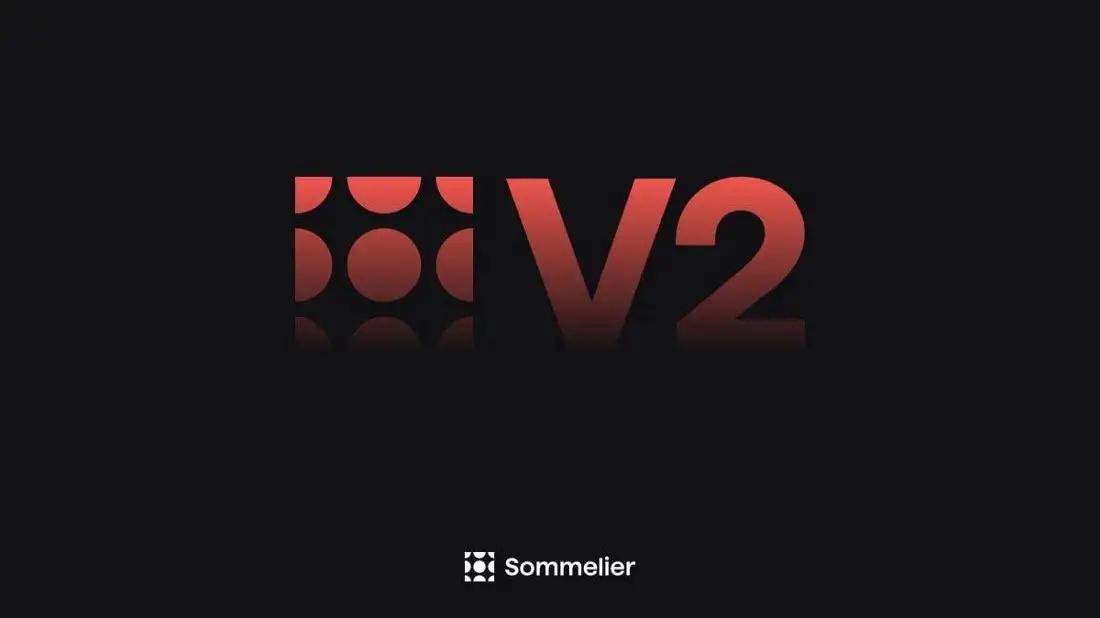
Sommelier Upgrades Cellar Architecture to Enable the Most Powerful DeFi Strategies in the Market

Real Yield USD is Coming to Maximize Stablecoin Yield

Retrospective on 2022 and the Journey Ahead

FAQ - Patache Digital’s Steady Strategies
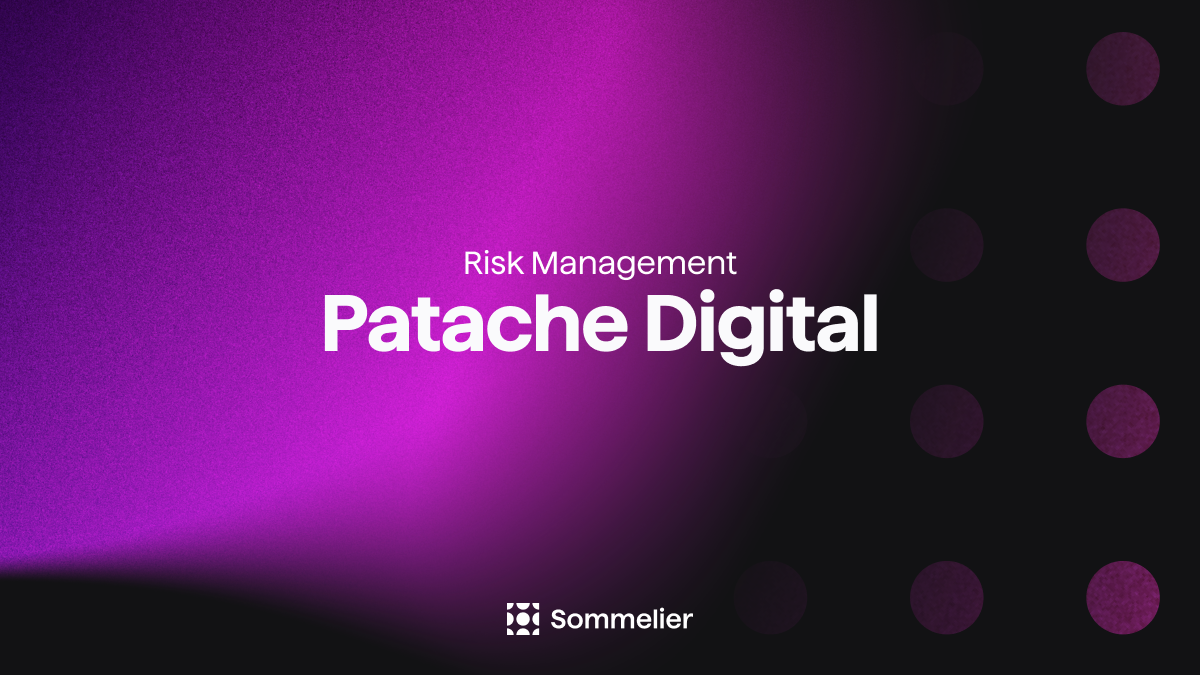
Patache Digital: Risk Management Discussion

Strategy Deep Dive: Patache Digital

Strategy Provider Spotlight: Patache Digital
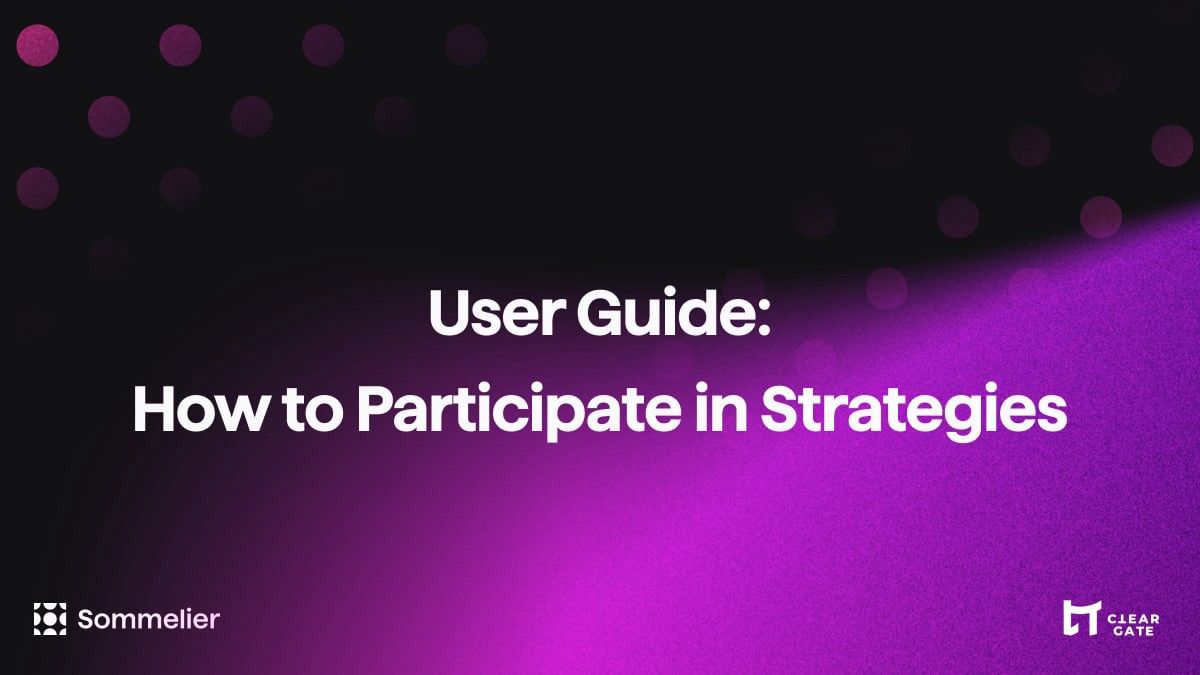
User Guide: How to Participate in Strategies on Sommelier

Sommelier Ambassador Program
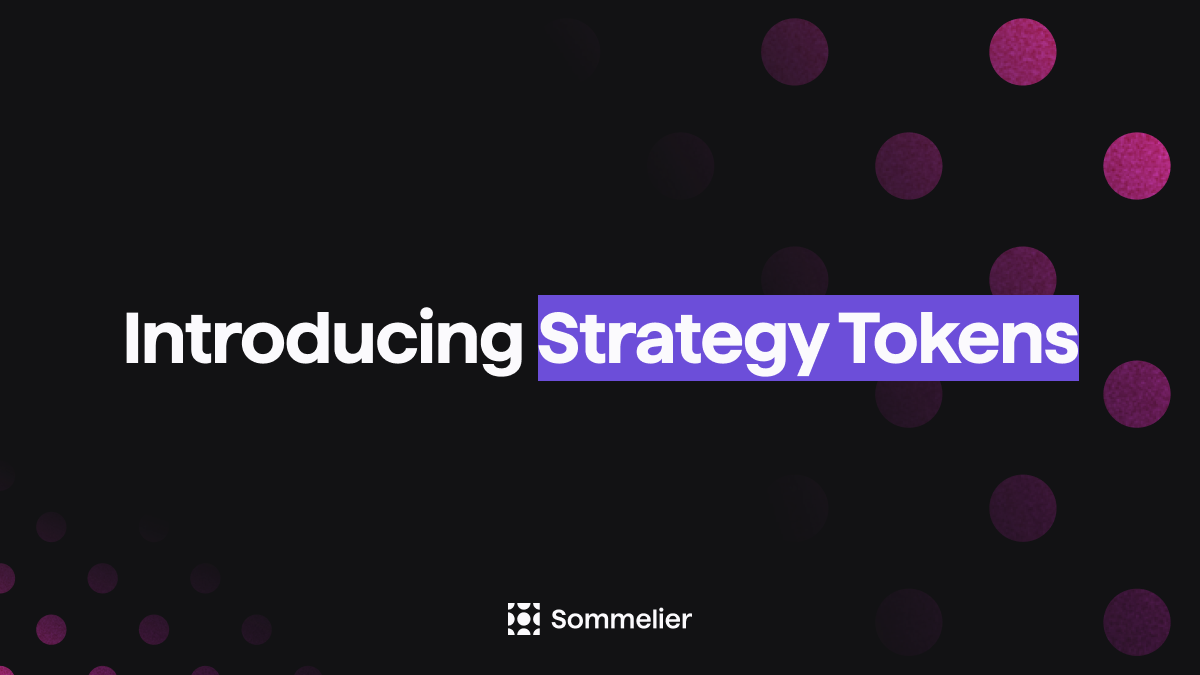
Strategy Tokens: What Are They and How Do They Work?

6 Core Principles of Sommelier
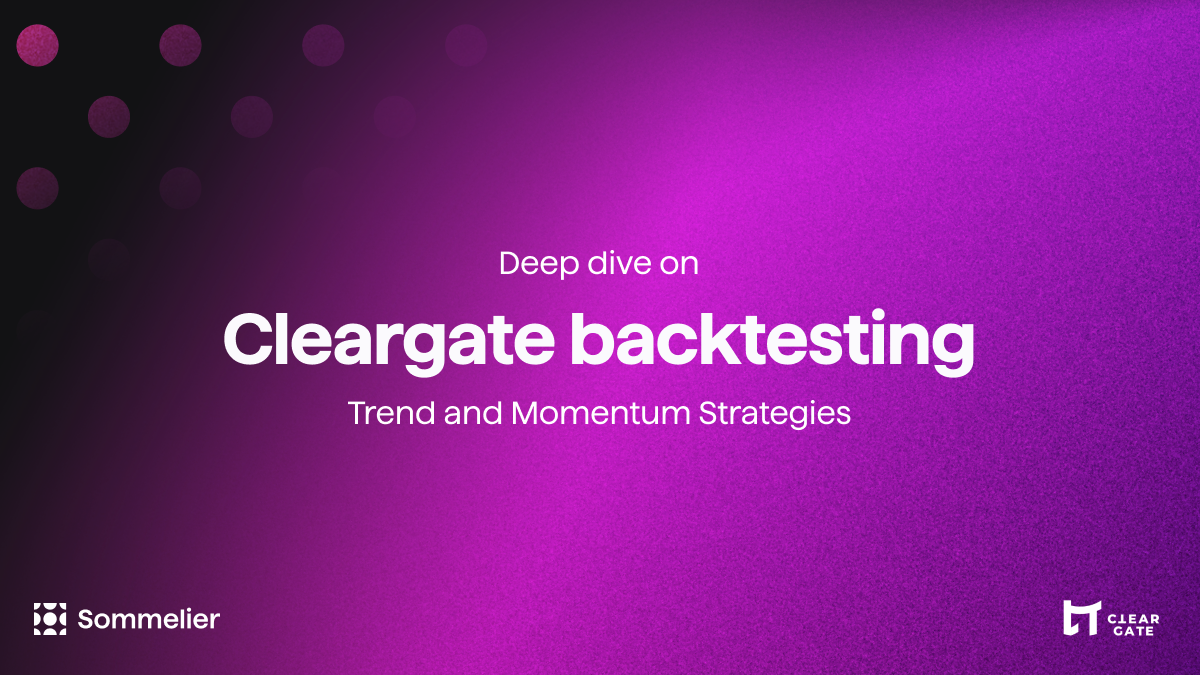
10/10/22 - Deep Dive on Cleargate Backtesting
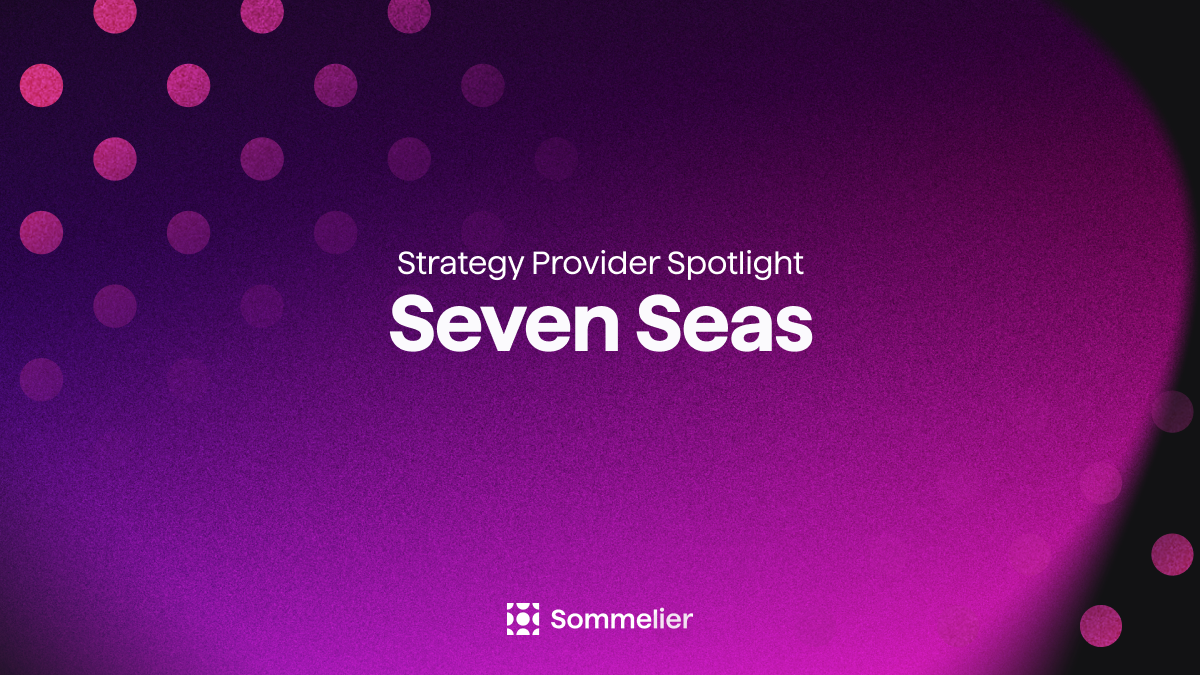
Strategy Provider Spotlight: Seven Seas

Deep Dive on Trend and Momentum Strategies

Strategy Provider Spotlight: ClearGate

Supporting Strategy Providers on Sommelier
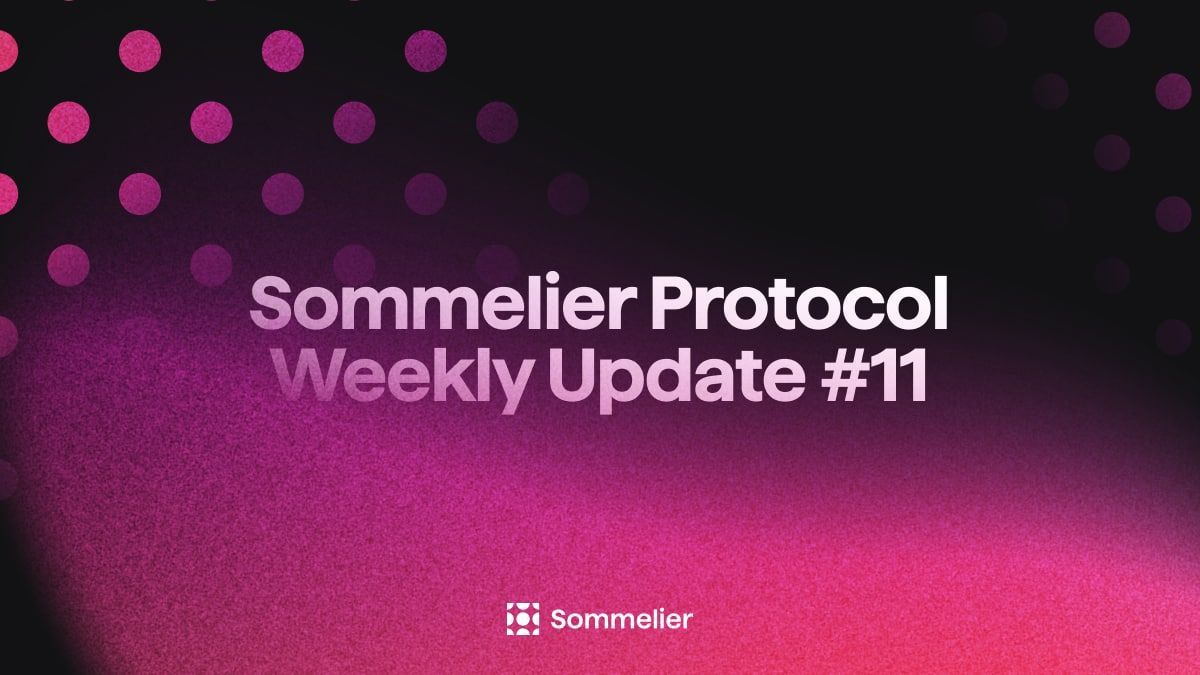
Sommelier Protocol Team Weekly Update #11
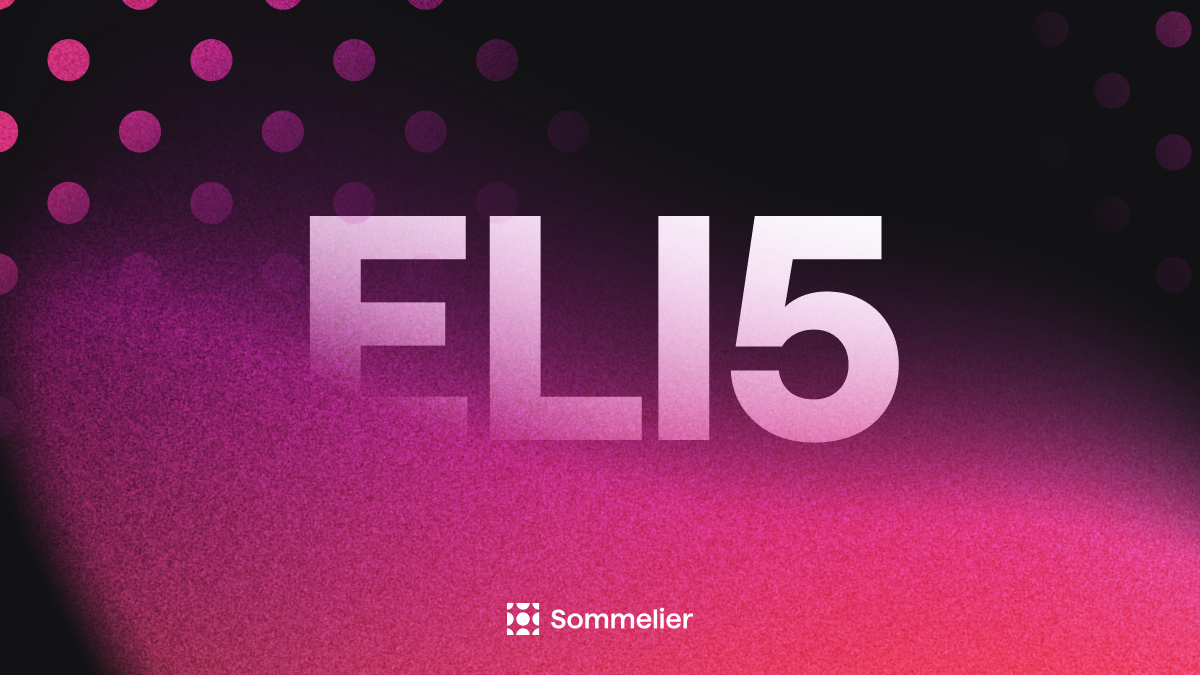
ELI-5 Explanation of the Data Science behind Sommelier’s First Aave Cellar

Sommelier Protocol Team Weekly Update #10
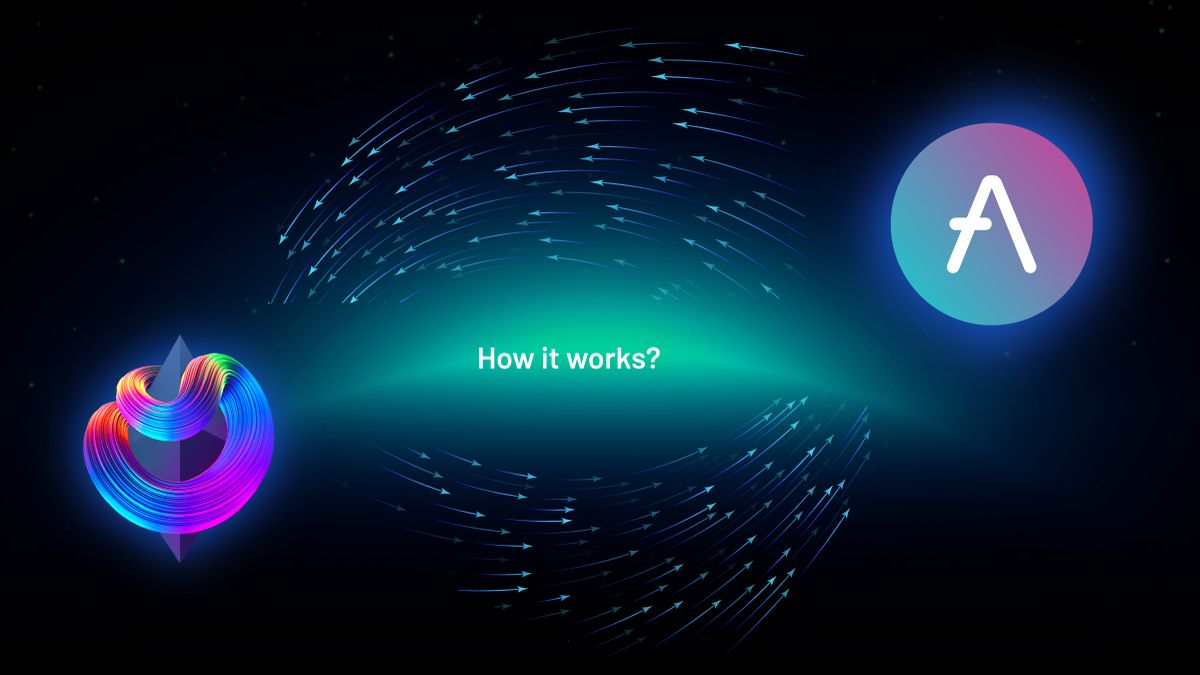
The Data Science Behind Sommelier’s First Aave Cellar
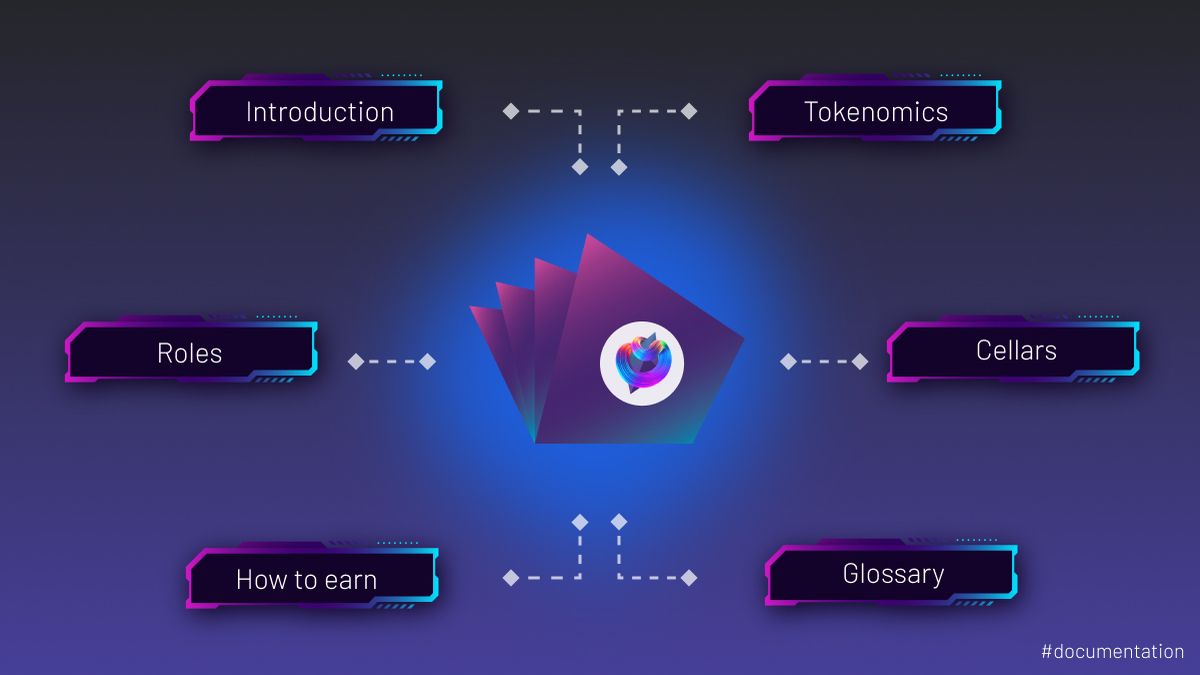
Sommelier Protocol Design Documents

Sommelier Protocol Team Weekly Update #9

Sommelier Protocol Team Weekly Update #8

Sommelier Protocol Team Weekly Update #7

Twitter Spaces With Sommelier: How to Launch a Cellar on Sommelier

Twitter Spaces With Sommelier: Protocol Upgrade and Community Update

Sommelier Protocol Team Weekly Update #4
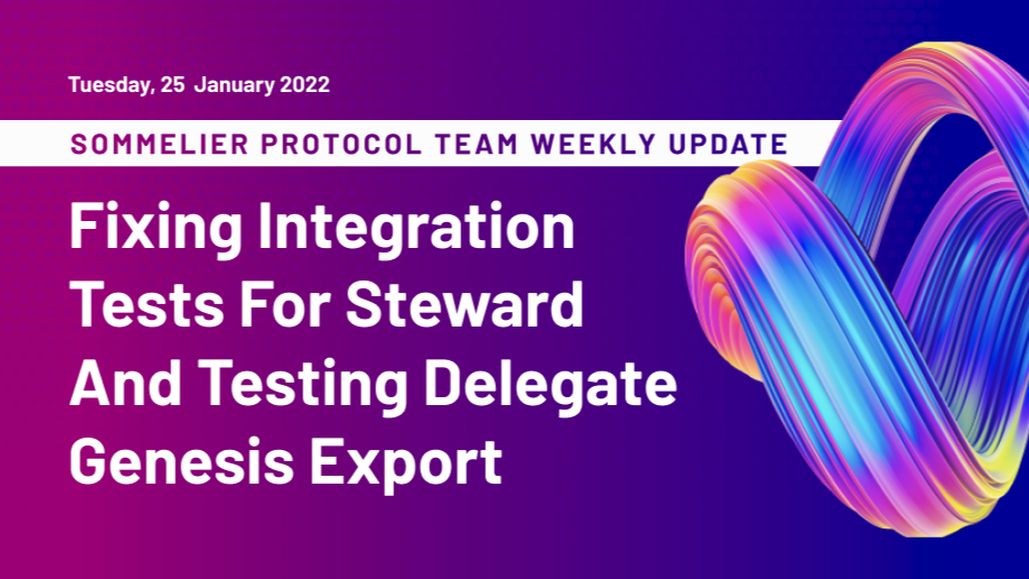
Sommelier Protocol Team Weekly Update #6
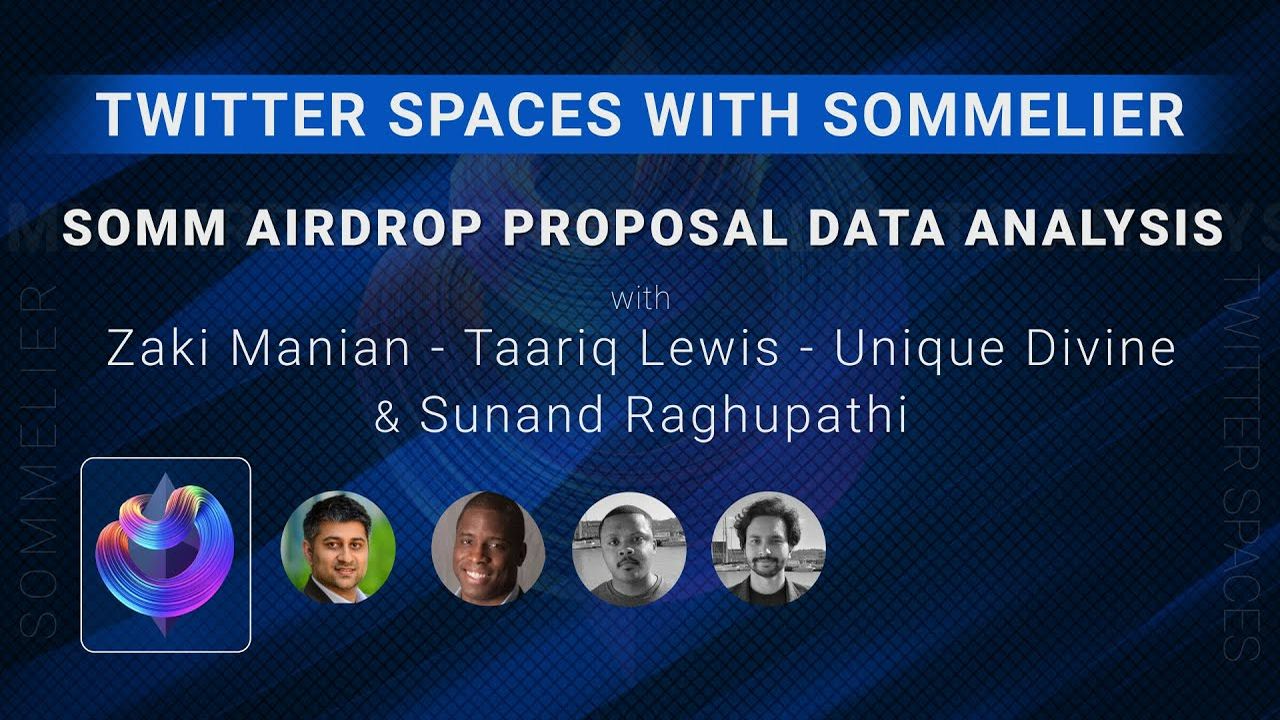
Twitter Spaces With Sommelier: SOMM Airdrop Proposal Data Analysis
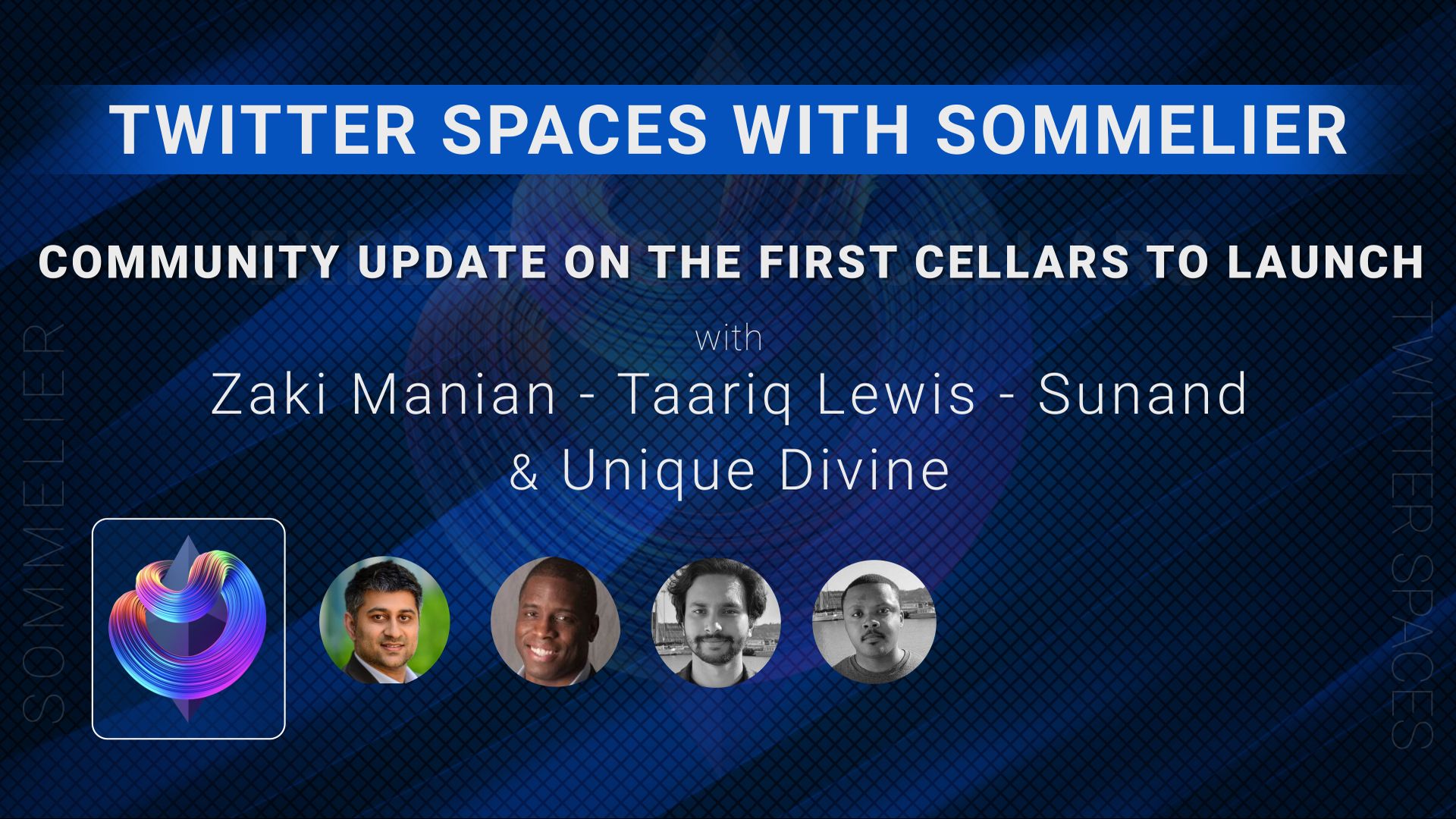
Twitter Spaces With Sommelier: Community Update on the First Cellars to Launch
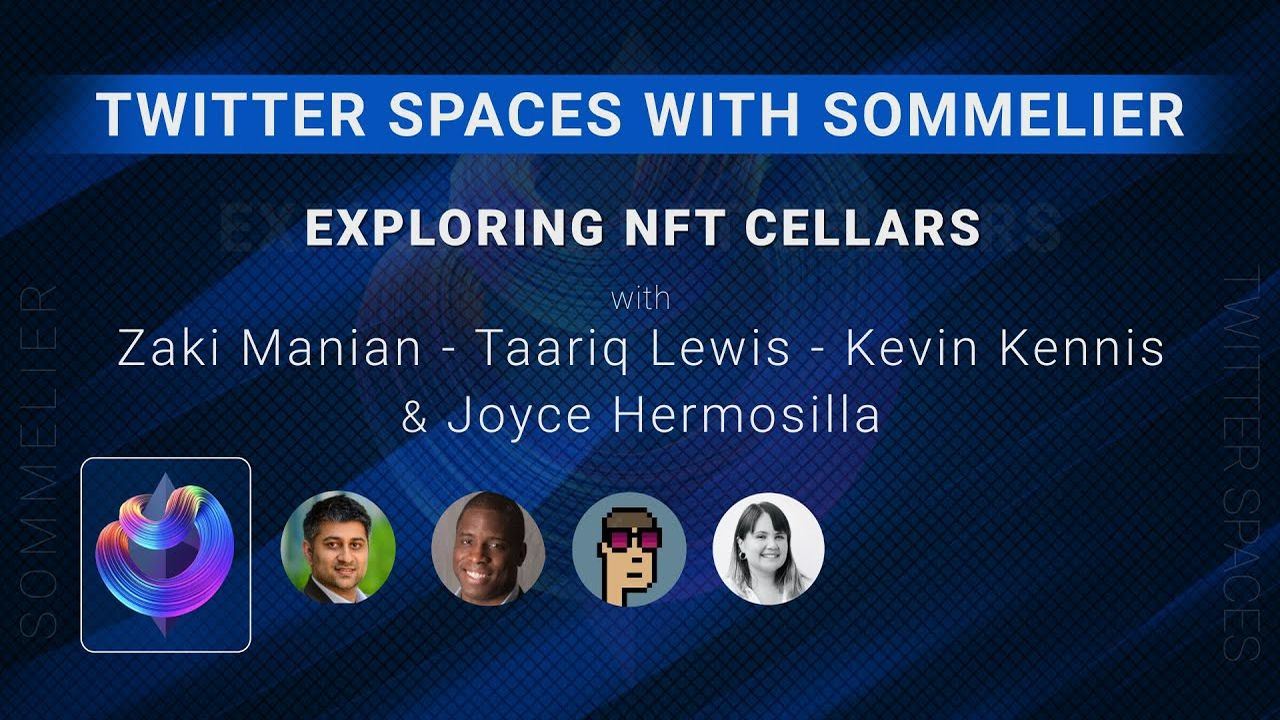
Twitter Spaces With Sommelier: Exploring NFT Cellars

Sommelier Protocol Team Weekly Update #1
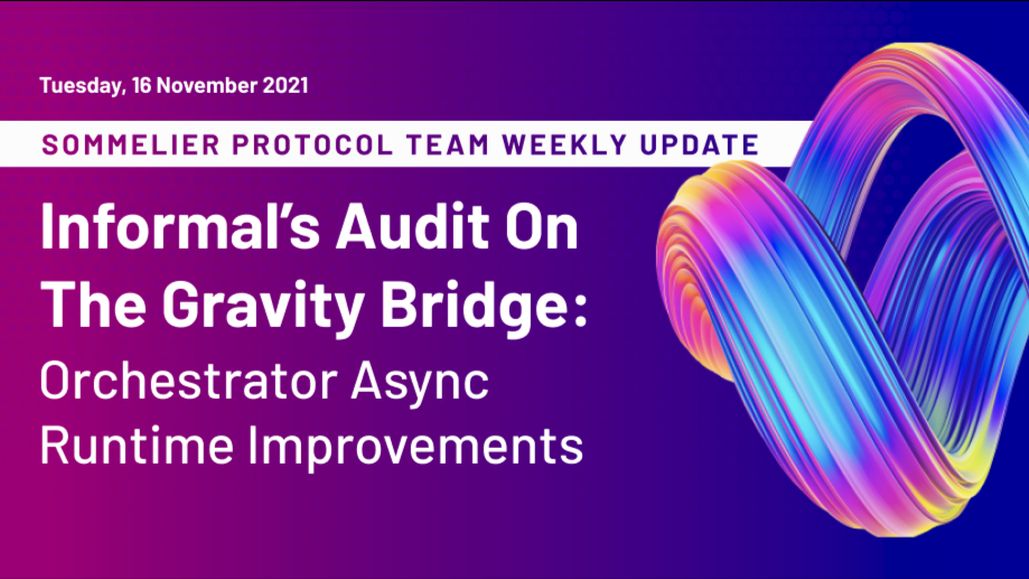
Sommelier Protocol Team Weekly Update #2
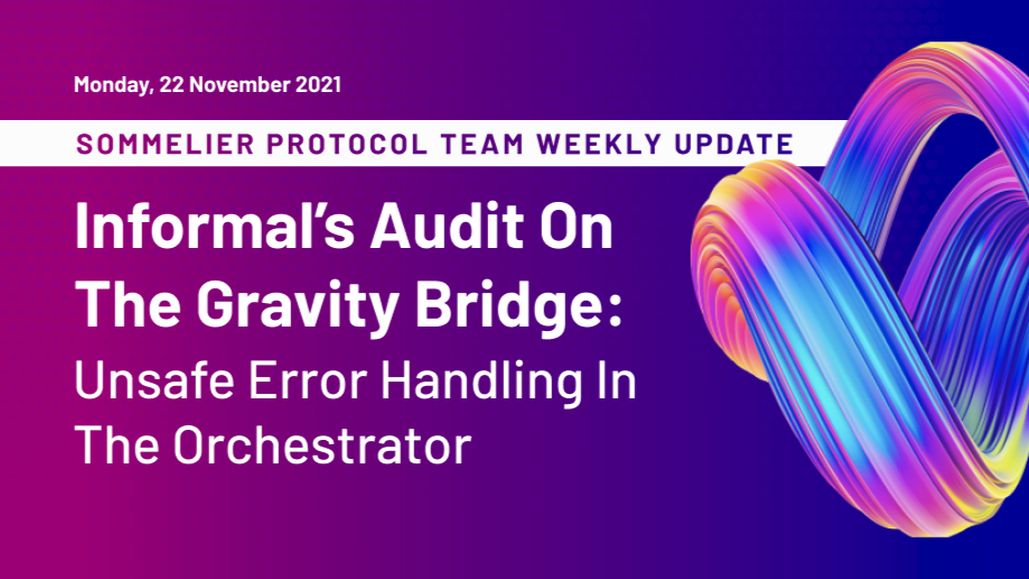
Sommelier Protocol Team Weekly Update #3

Three Things You Need to Know About Sommelier Governance This Week

Sommelier On the Road: PROOF OF…REPUTATION

Introducing Ukpai Ugochi - Working on The Sommelier Cellars Rebalancer
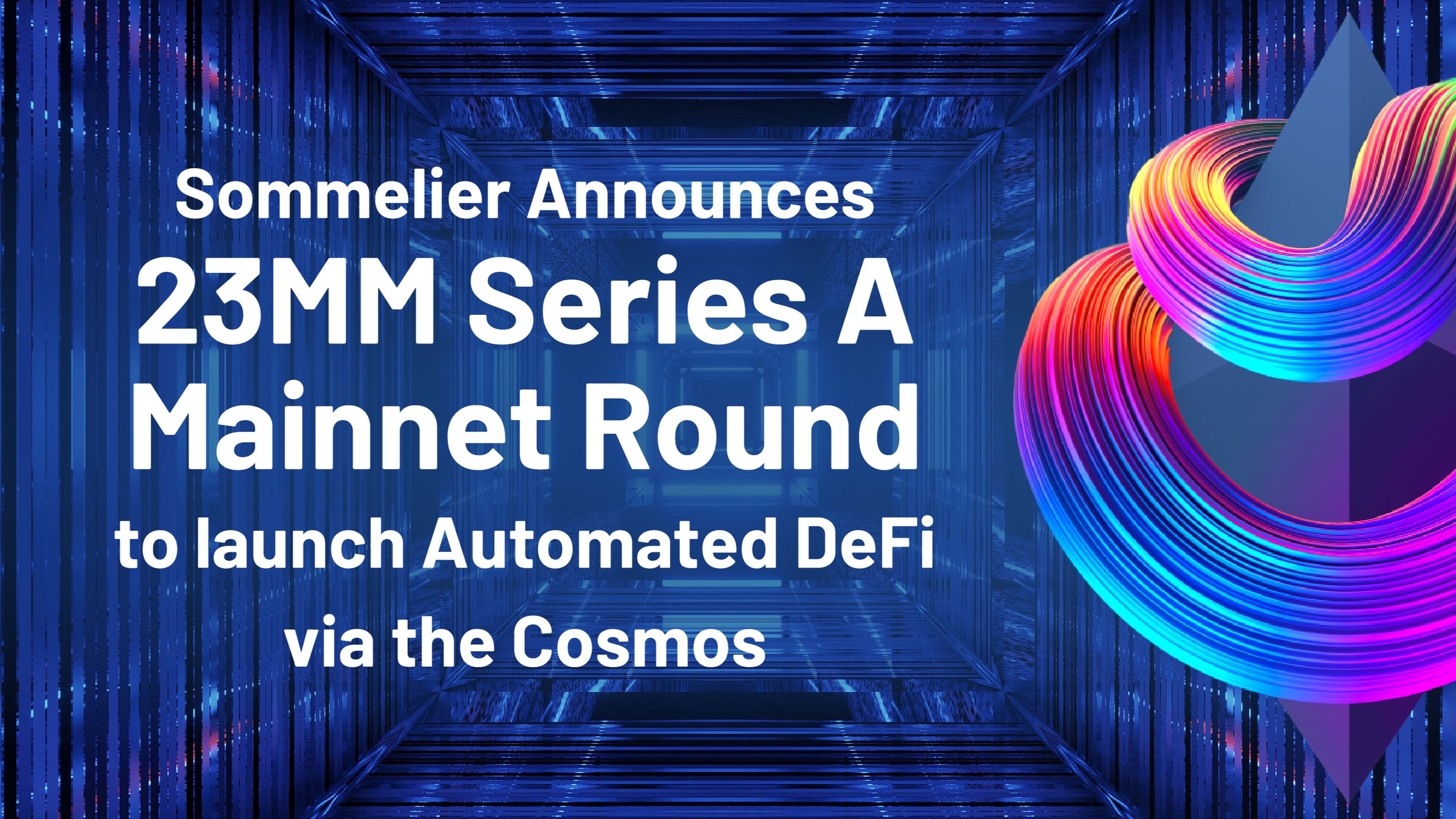
Sommelier Announces 23MM Series A Mainnet Round to launch Automated DeFi via the Cosmos
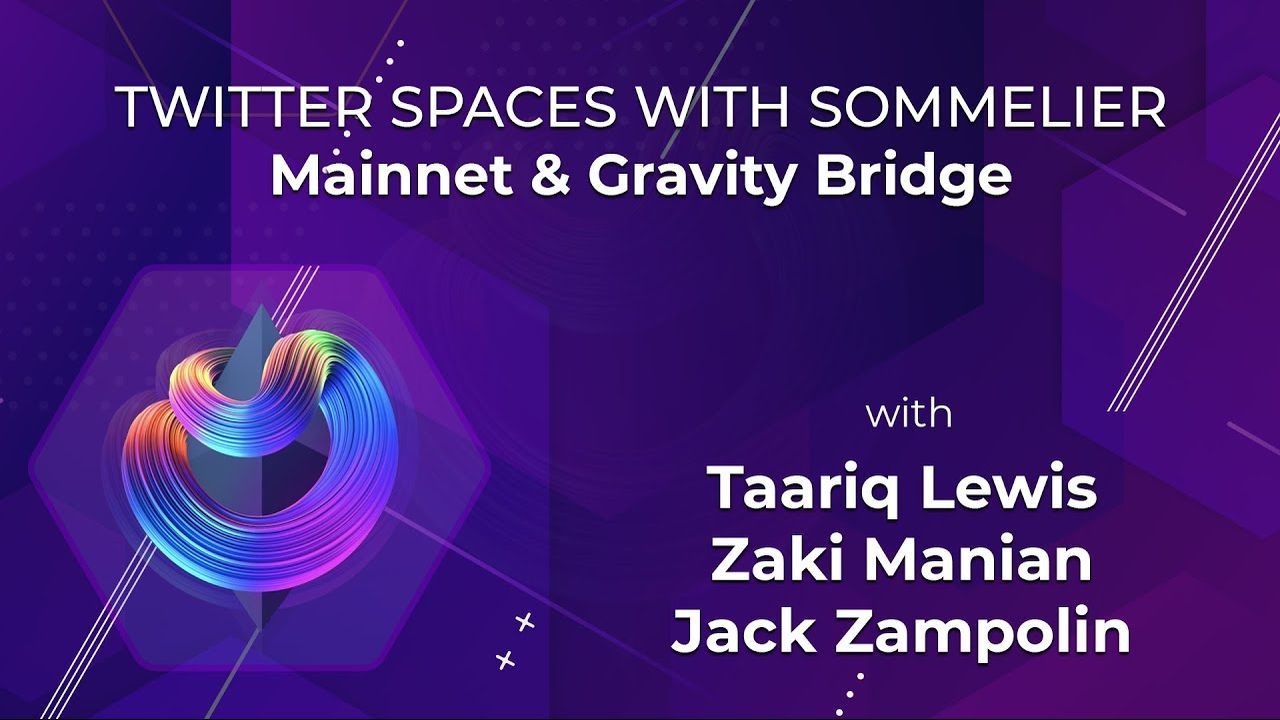
Twitter Spaces With Sommelier: Mainnet Launch & Gravity Bridge
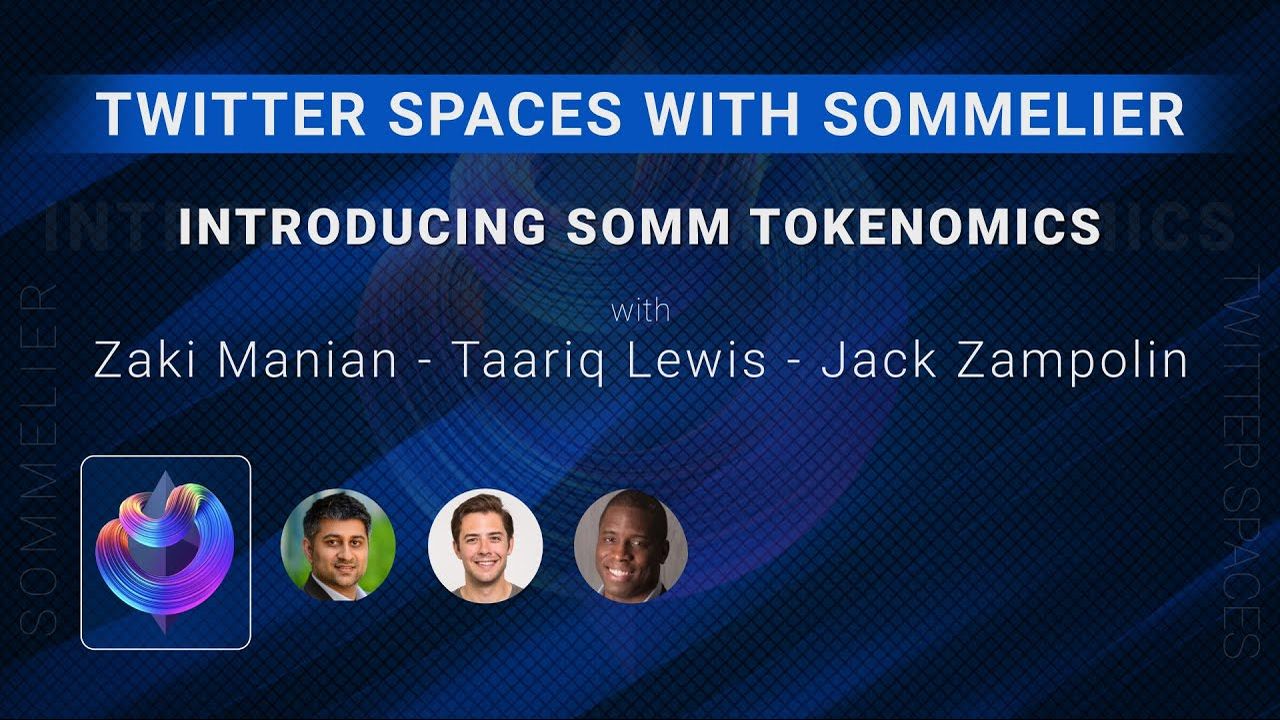
Twitter Spaces With Sommelier: Introducing SOMM Tokenomics

Twitter Spaces With Sommelier: Mysten Labs AMA With Evan Cheng

Introducing SIPS and Sommelier’s Governance Structure

Twitter Spaces With Sommelier: End of Year AMA 2021

Twitter Spaces With Sommelier: Intro to SIPS & Lisbon Blockchain Week
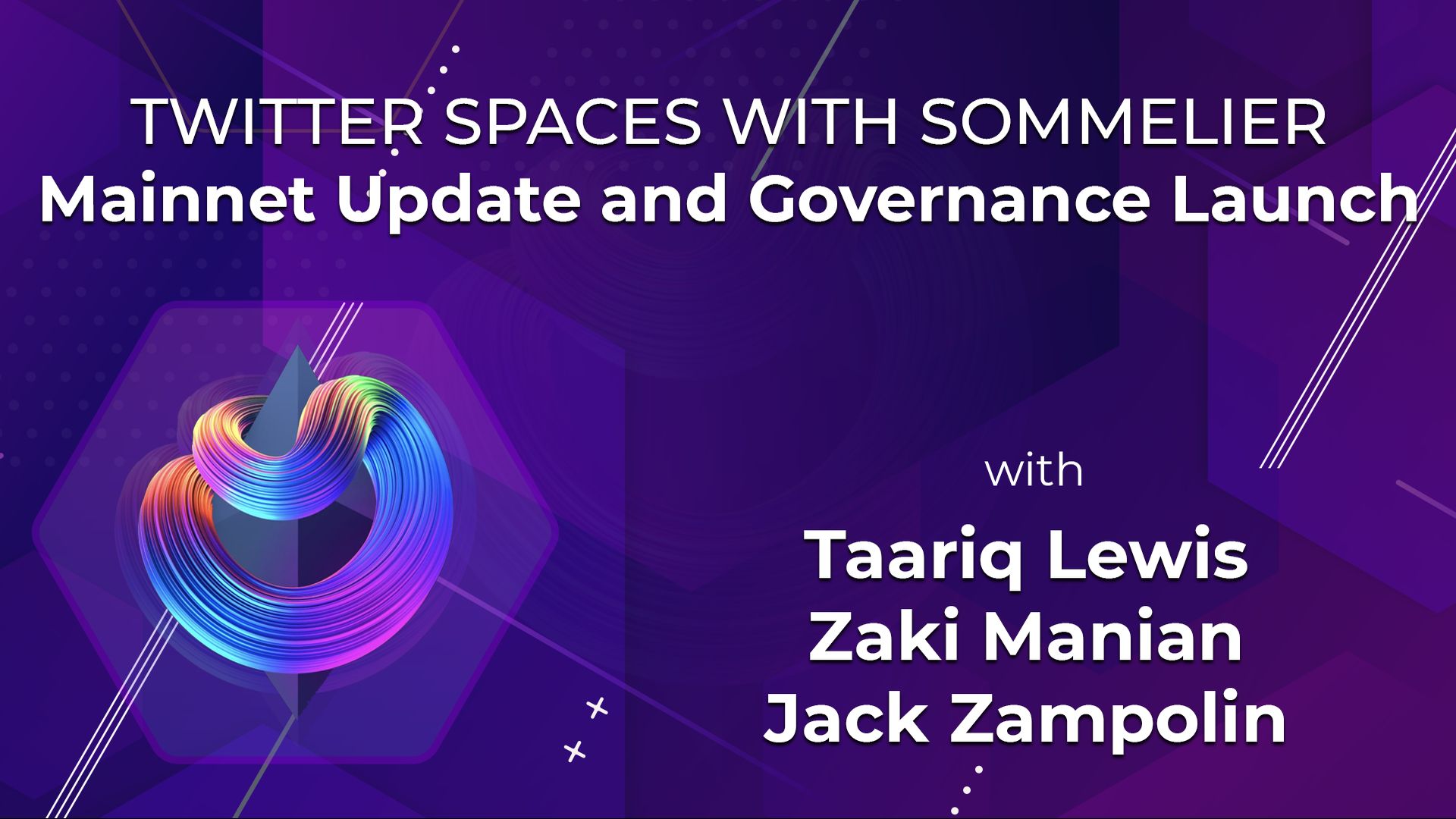
Twitter Spaces With the Sommeliers: Mainnet Update and Governance Launch

Sommelier Partners With Mysten Labs to Make Sommelier and All Cosmos Blockchains the Fastest Protocols on the Planet

Twitter Spaces With the Sommeliers: Sushi AMA With Joseph Delong
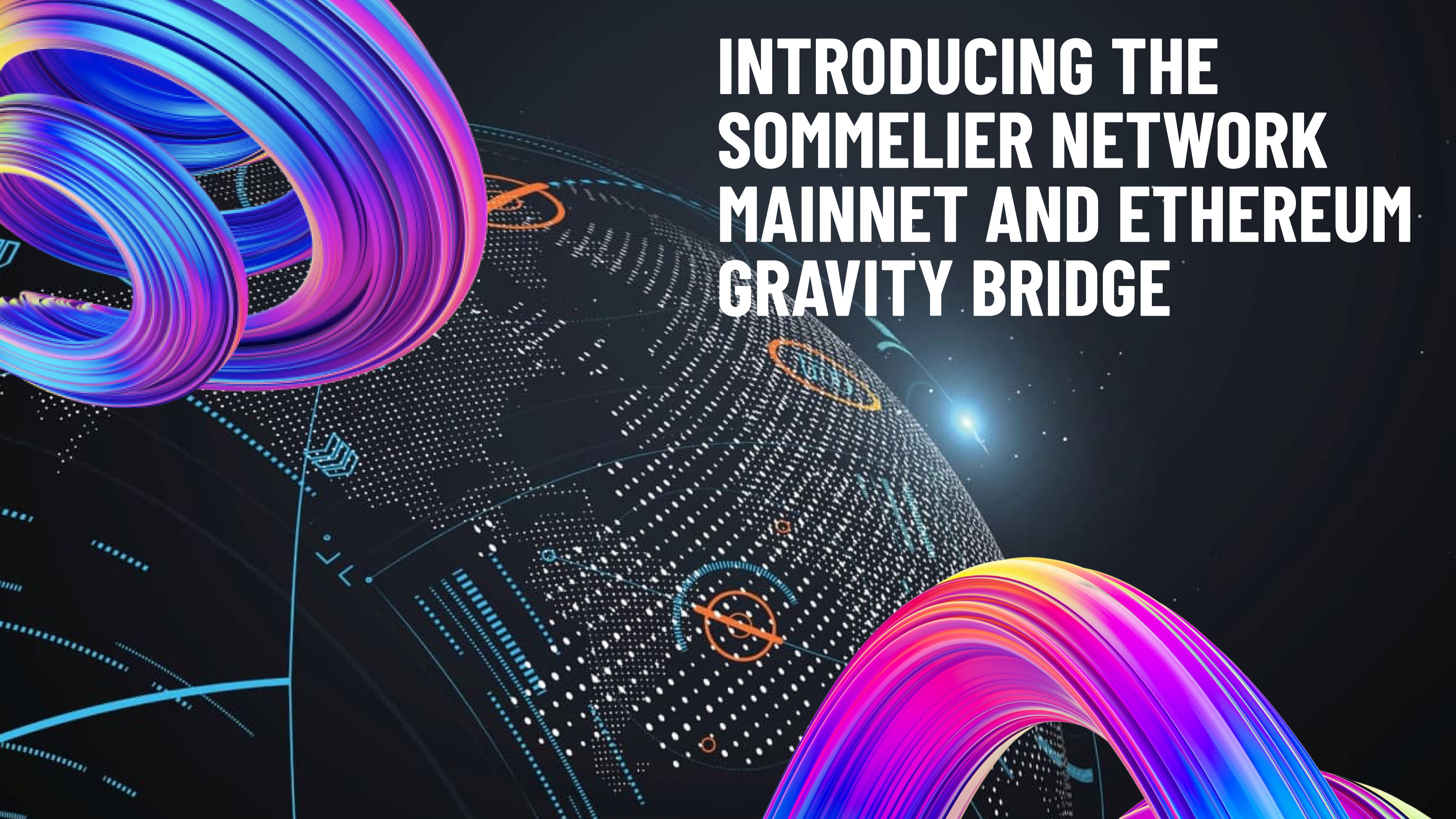
Introducing the Sommelier Network Mainnet and Ethereum Gravity Bridge

The Top Five Features of the Sommelier Protocol

Call for Validators: The Two Step Process for 2021

Two New Features Launched to Test Liquidity Management on Uniswap v3

Uniswap v3 Remove Smart Contract Incident Post Mortem for Sommelier
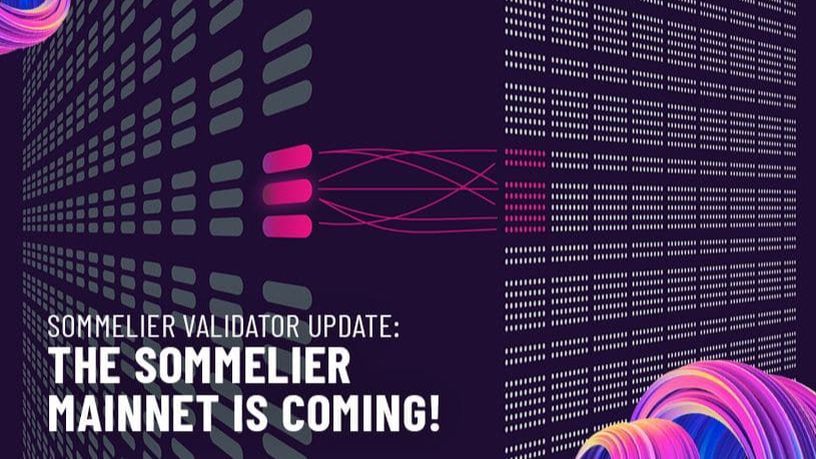
Call for Validators: Road to Sommelier Mainnet
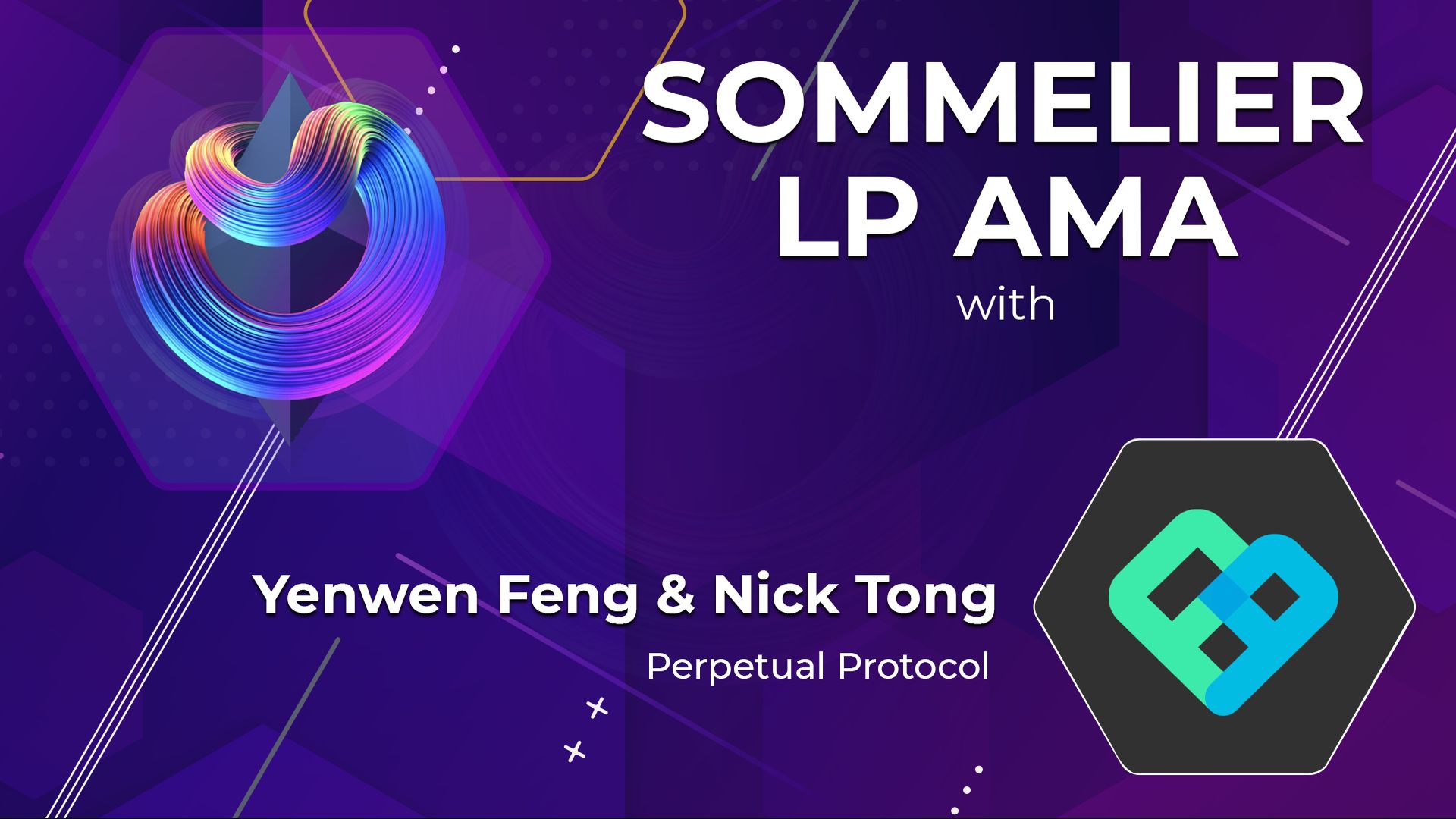
Sommelier Liquidity AMA With Yenwen and Nick From Perpetual Protocol
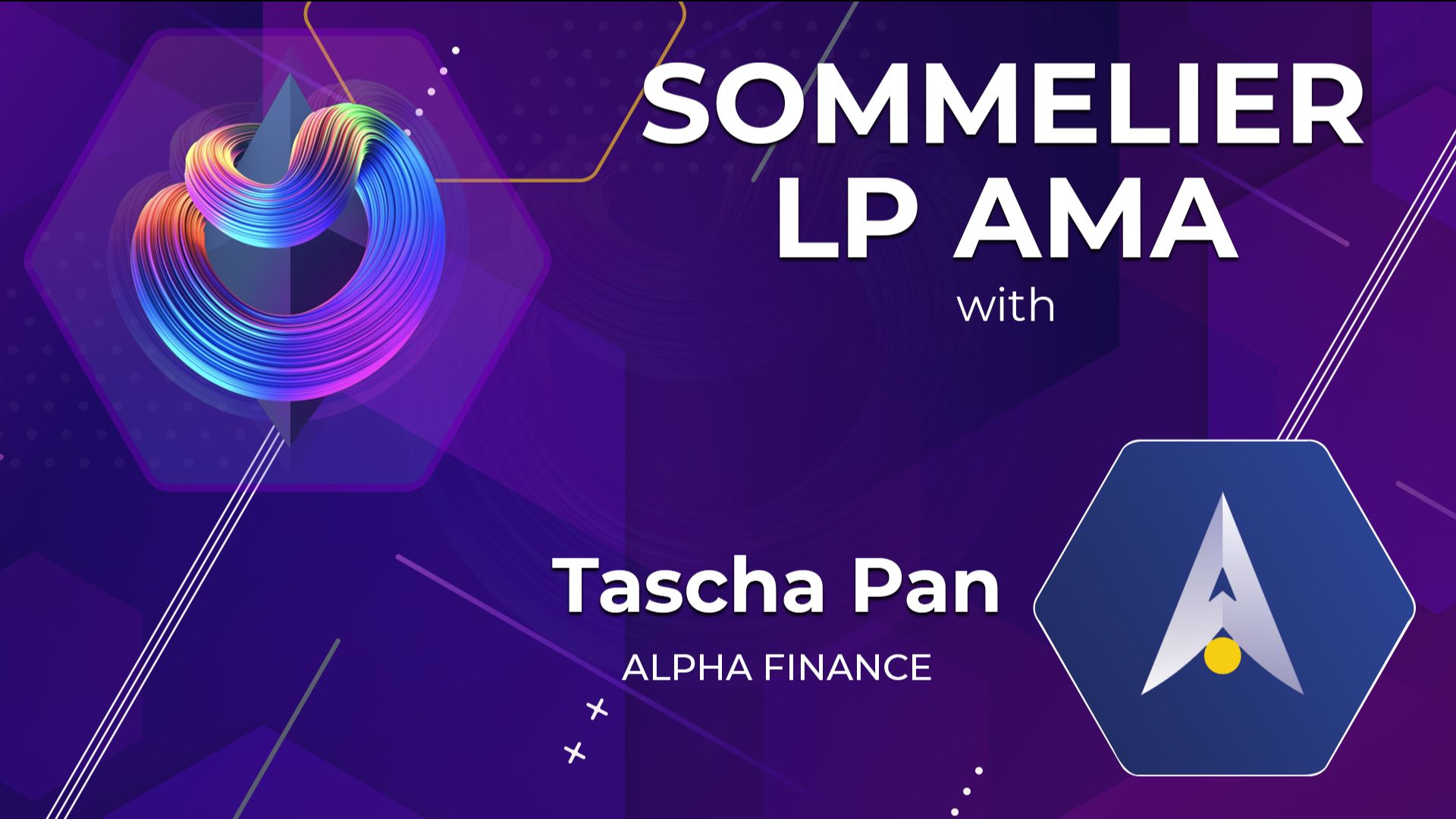
Sommelier Liquidity AMA With Tascha Pan From Alpha Finance
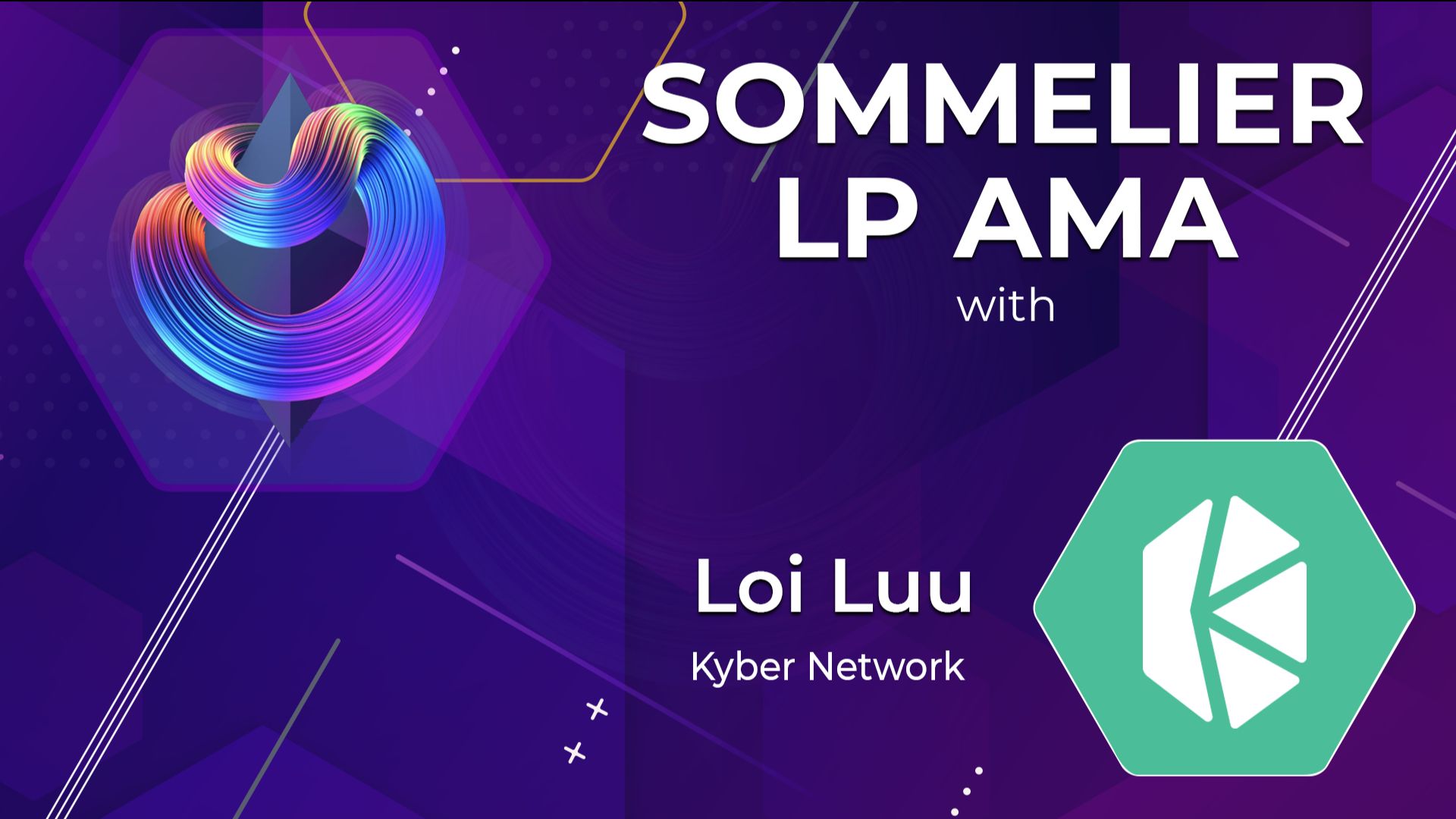
Sommelier Liquidity AMA With Loi Luu From Kyber Network

Sommelier Liquidity AMA With Alex From Peanut
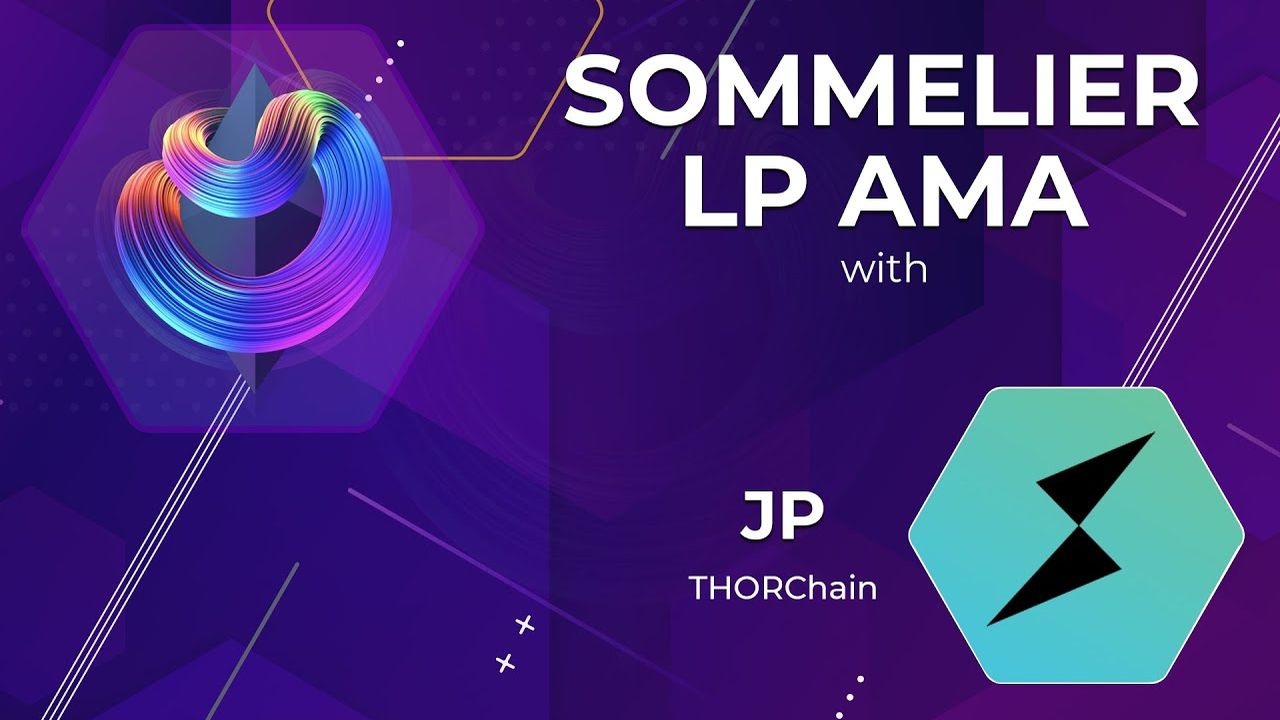
Sommelier Liquidity AMA With JP From THORChain

Sommelier Liquidity AMA With Alan Chiu From OMGX Network

Sommelier Liquidity AMA With Ari From Gelato Network
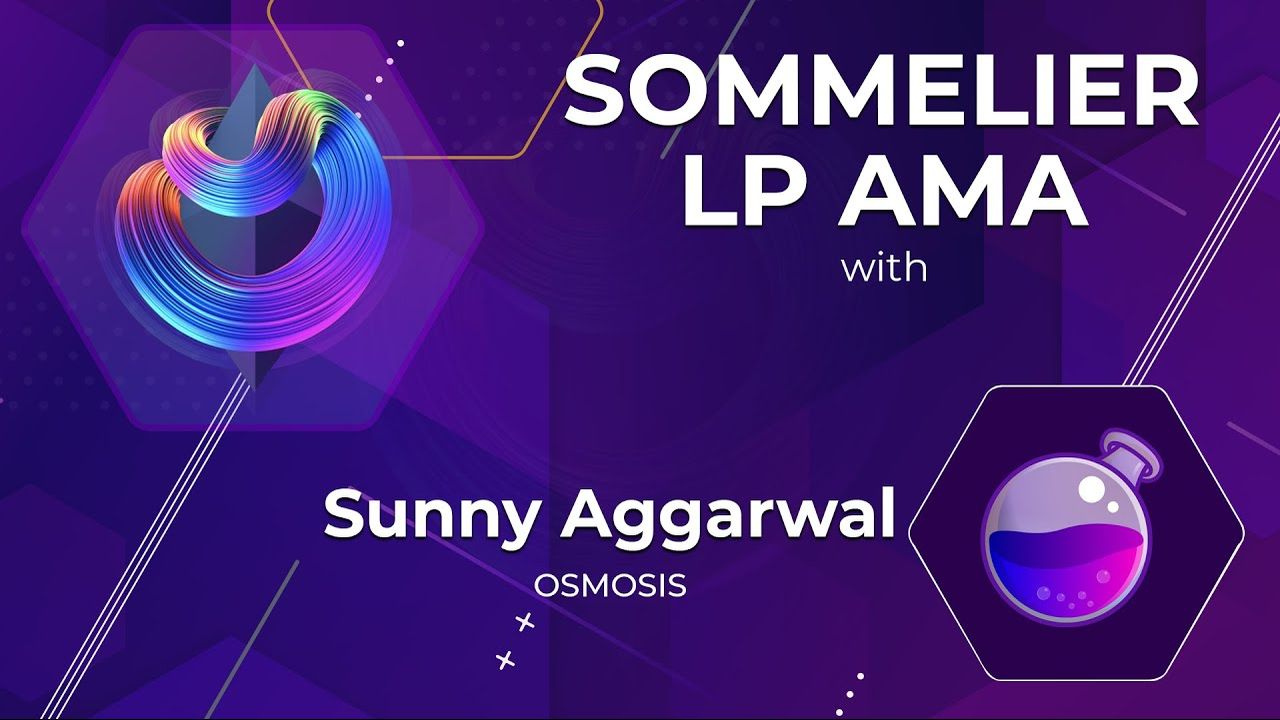
Sommelier Liquidity AMA With Sunny Aggarwal From Osmosis
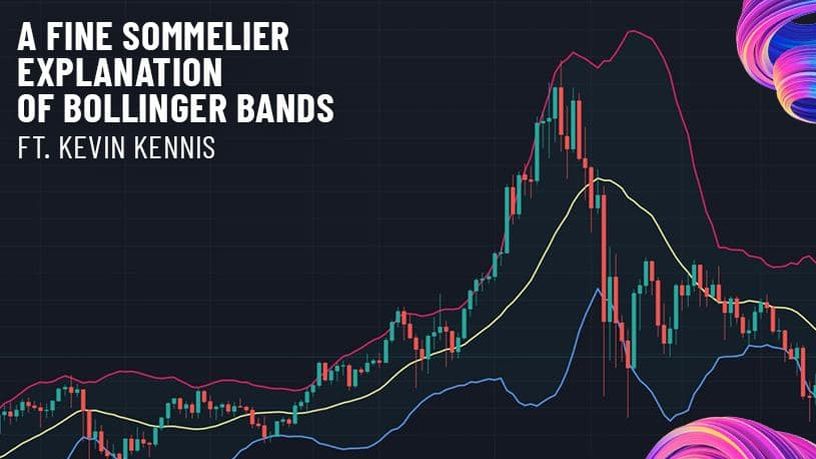
A Fine Sommelier Explanation of Bollinger Bands With Kevin Kennis

Sommelier Liquidity AMA With Mona El Isa From Enzyme

Sommelier Liquidity AMA With Haxor From Method Finance

Sommelier Liquidity AMA With Tor From Secret Network
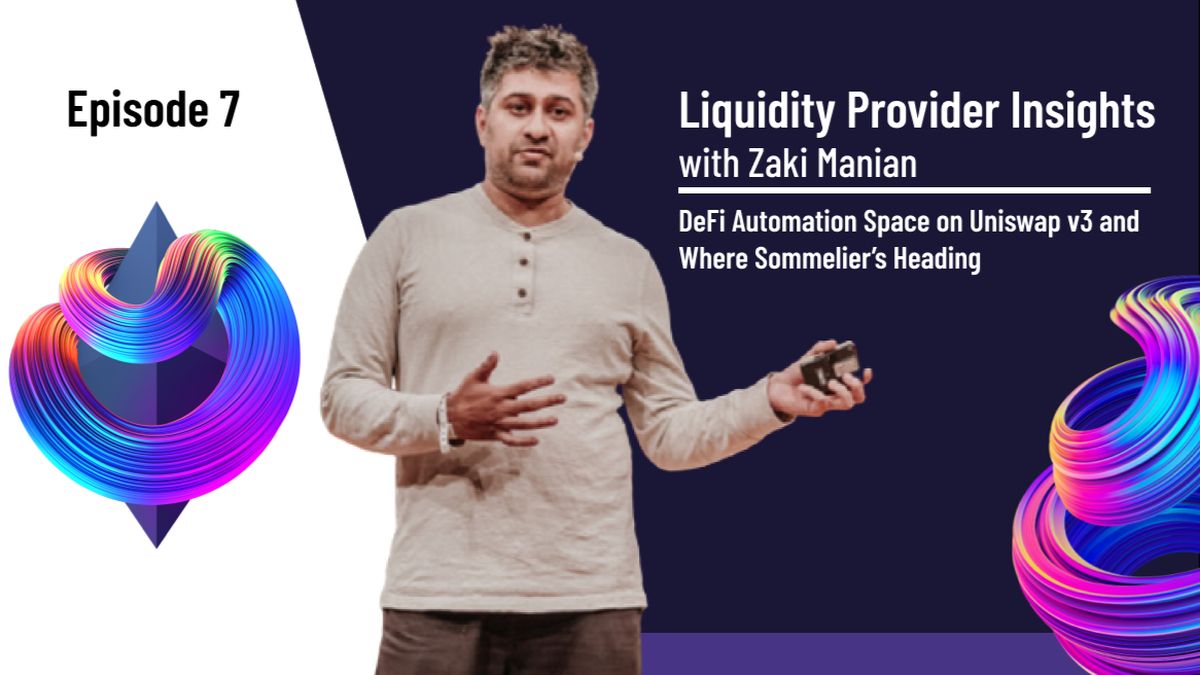
Liquidity Provider Insights With Zaki Manian - Ep. 7 - DeFi Automation Space on Uniswap v3 and Where Sommelier’s Heading

Sommelier Liquidity AMA With Geralt From CyberFi

A Pairings Tutorial of Two Sided Liquidity Addition with Sommelier

Liquidity Provider Insights with Zaki Manian - Ep. 6 - Liquidity Providers Need to Gear Up for a Multi-Chain World

Three New Summer Features for Liquidity Providers

Sommelier Liquidity AMA with Tom C and Max W from Charm

Sommelier Liquidity AMA with Dereek69 & Shalaquiana from BIOPset

Sommelier This Week - June 3rd 2021: The Road to Mainnet
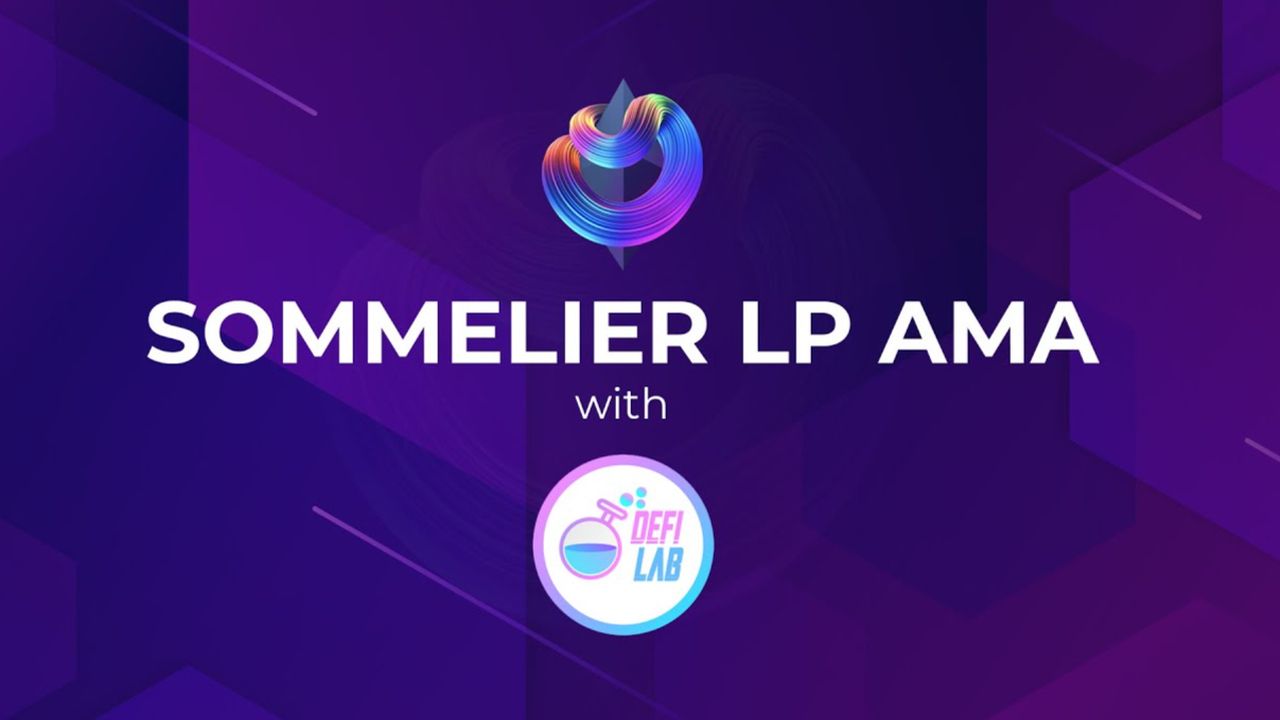
Sommelier Liquidity AMA with Federico Landini from DefiLab
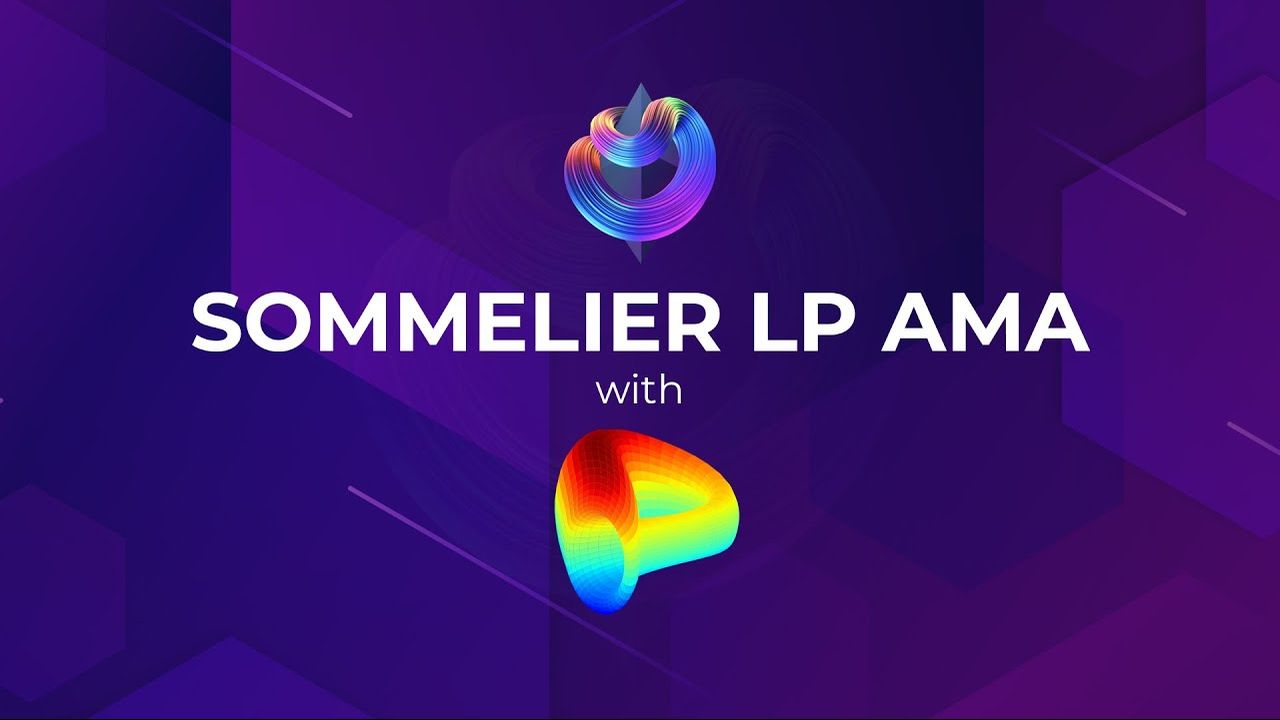
Sommelier Liquidity AMA with Michael Egorov from Curve

Liquidity Provider Insights with Zaki Manian - Ep. 5 - A Bright Light at the End of a Long, Tough Weekend for Bitcoin

Sommelier This Week - May 27th 2021: What Aspiring Sommelier Validators Need to Know on Last Week’s Protocol and App Progress

Liquidity Provider Insights with Zaki Manian (Special Edition) - Ep. 4 - New Pairings Release
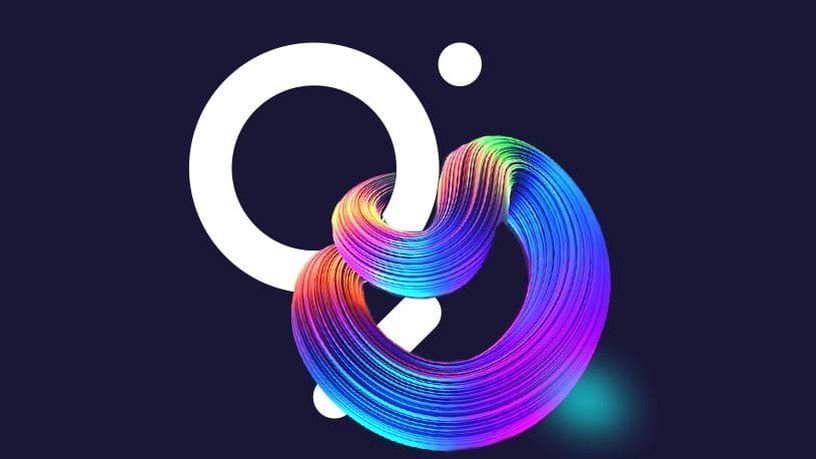
Sommelier R&D AMA With Yaniv Tal From the Graph

Sommelier Liquidity AMA with MacLane Wilkison from NuCypher

The Eight Steps to Become a Liquidity Provider with Pairings

Sommelier NFT Awards - May 18th, 2021
Pairings By Sommelier: The FAQ

Zaki Manian Breaks Down What Liquidity Providers Need to Know Under Uniswap v3

Sommelier This Week - May 6th 2021: How This Week’s Protocol and App Progress Weaves Together to Make a Product
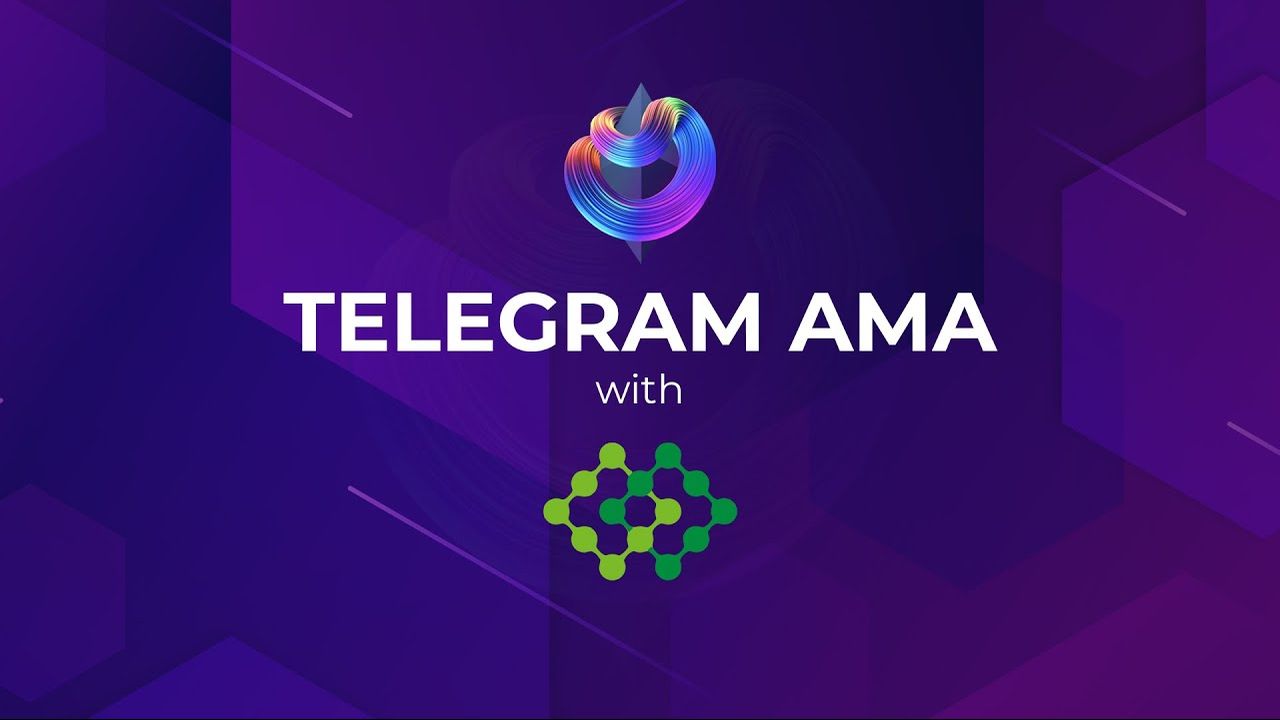
Sommelier Liquidity AMA with Dan Thomson from InsurAce

Sommelier This Week - April 29th 2021: Weeks Away From a Taste of the Sommelier App Experience and How the Dev Team Stays on Track
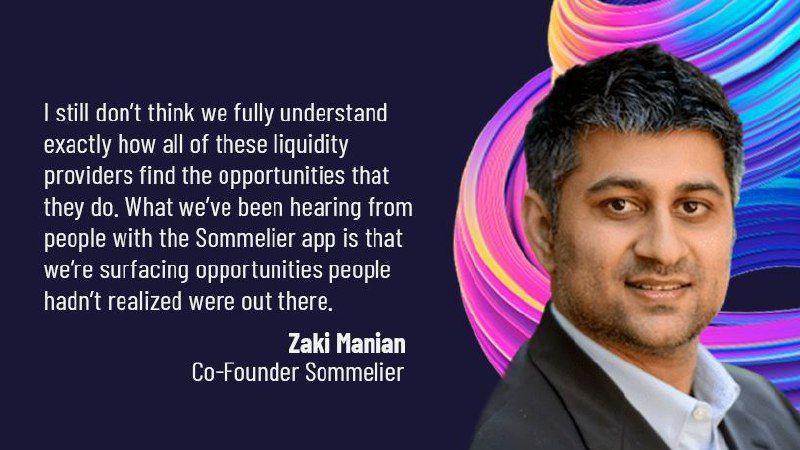
Zaki Manian Breaks Down a Phase Change Liquidity Providers Need to Know About Automated Market Makers

Introducing Jehan Tremback: Sommelier Core Developer and Althea Co-Founder that pushes the Limits of the Blockchain Bridge with Gravity

Sommelier This Week - April 22nd 2021: An Inside Look at Progress on Coordinating Sommelier Components That Contribute to the Chain

Sommelier This Week - April 15th 2021: Providing a Best-in-Class Experience for Uniswap Liquidity Providers
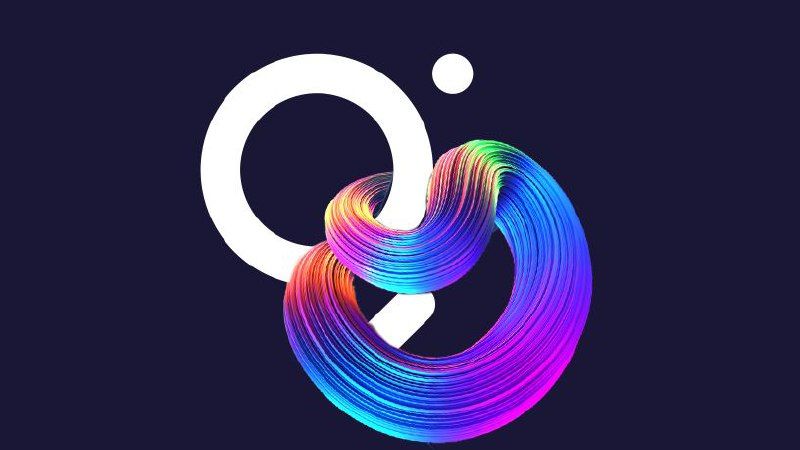
Sommelier Announces $1M R&D Grant from The Graph Foundation

Introducing LP Rewards: This Week With Cellframe
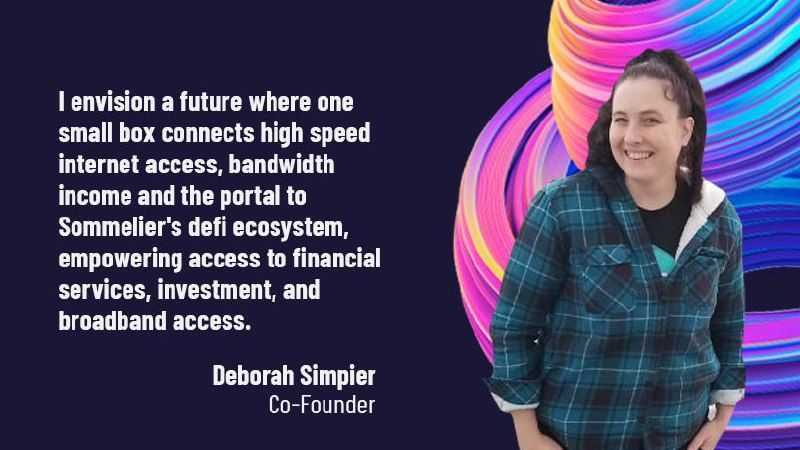
Introducing Deborah Simpier: Althea CEO and Sommelier Co-Founder Who Brought the Gravity Bridge to Life in The Cosmos

Sommelier This Week - April 8th 2021: What Uniswap v3 Means For Sommelier Architecture and Validators
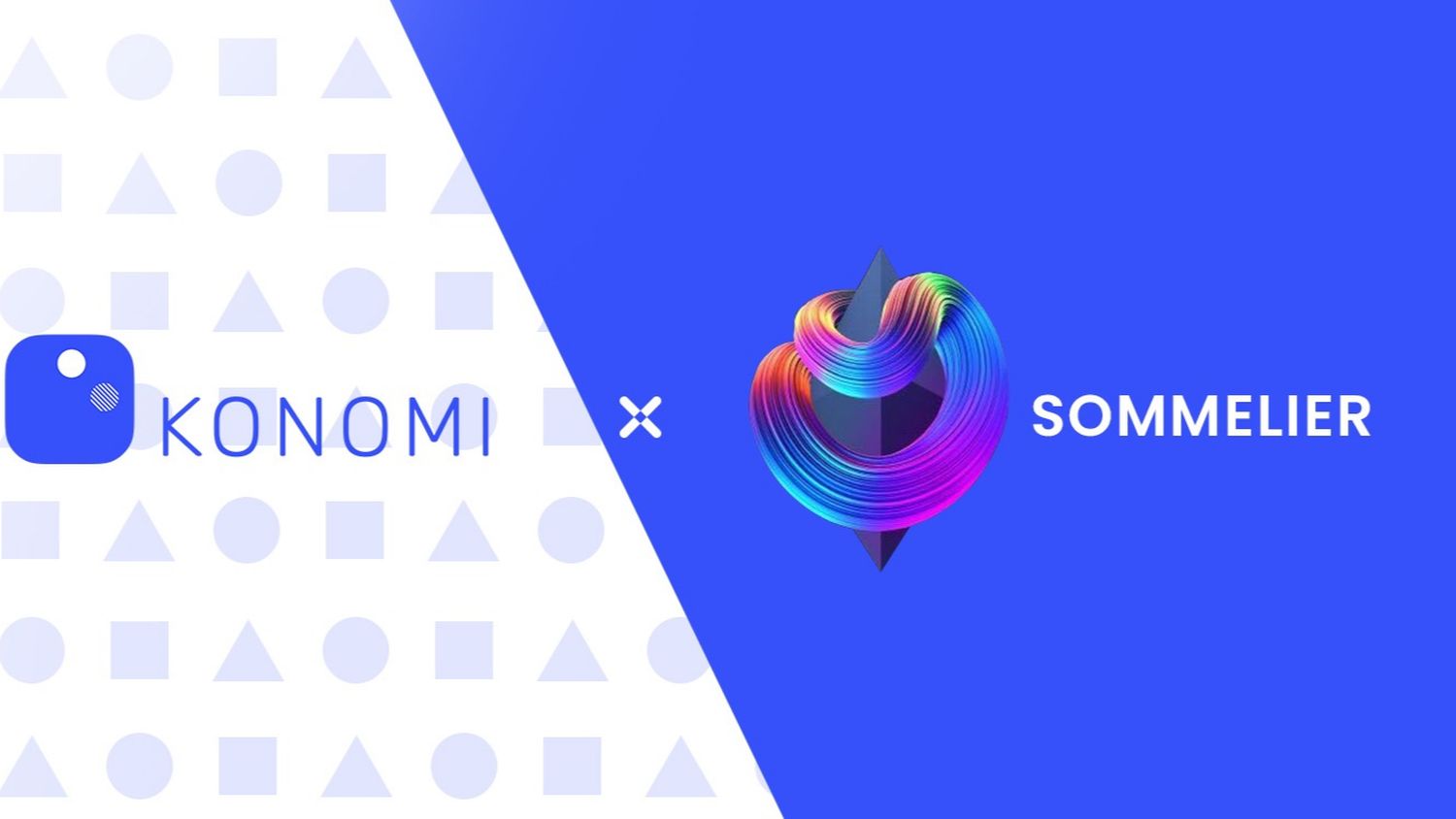
Introducing Sommelier LP Rewards Program

Sommelier This Week - April 1st 2021: Gravity Bridge and Private Testnets

Blockchain startup decides to acquire a California winery and host NFT wine parties

Introducing Justin Kilpatrick: The Blockchain Bridge Wizard Who Maintains Gravity

Five Ways UniswapV3 changes the world for Liquidity Providers on the AMM

Introducing Jack Zampolin: On Becoming A Sommelier in The Cosmos
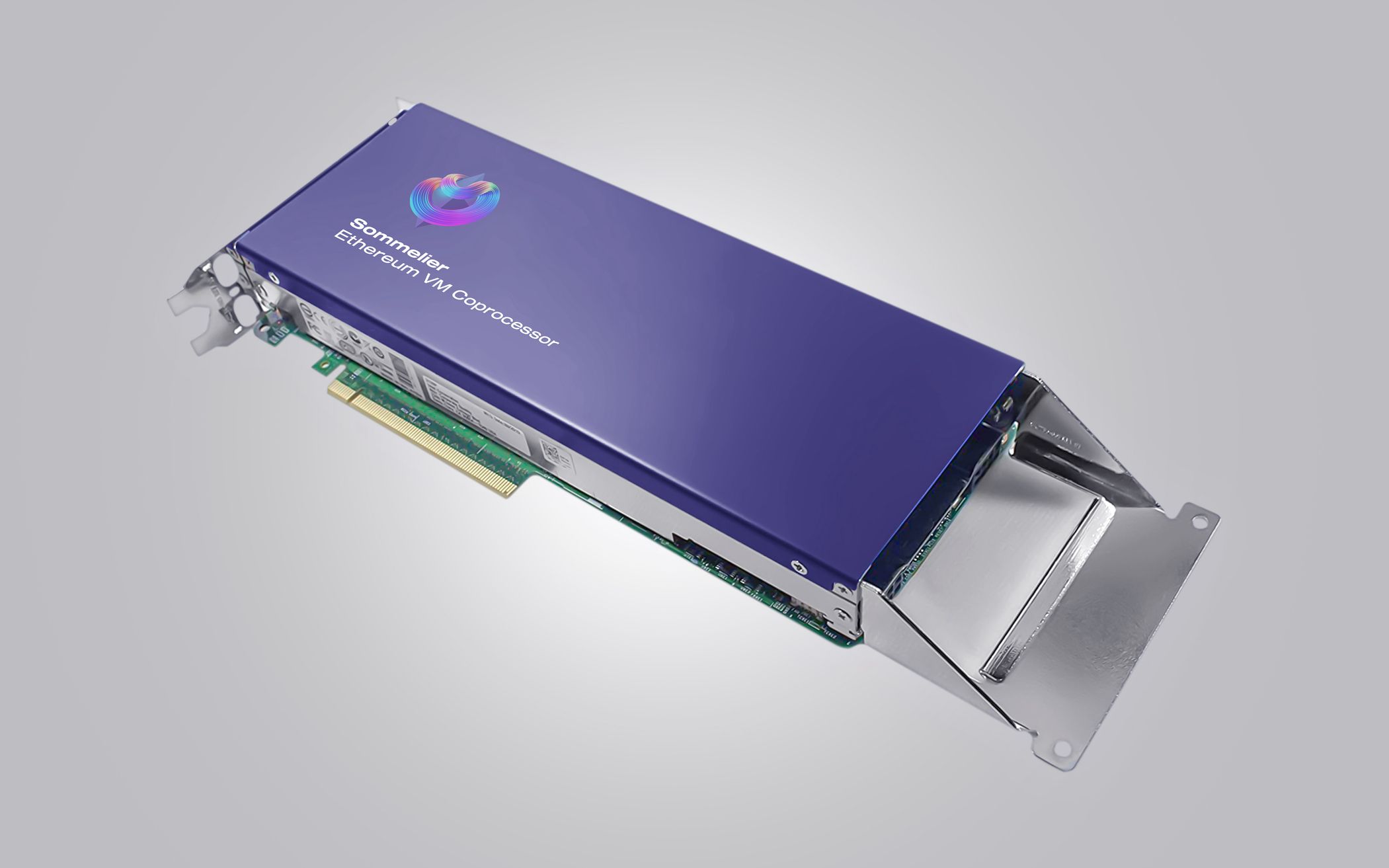
Sommelier: Welcome To The New CoProcessor For Ethereum
© 2025 Somm by Bajanss OÜ –Maakri 36-50, Tallinn, Estonia 10145